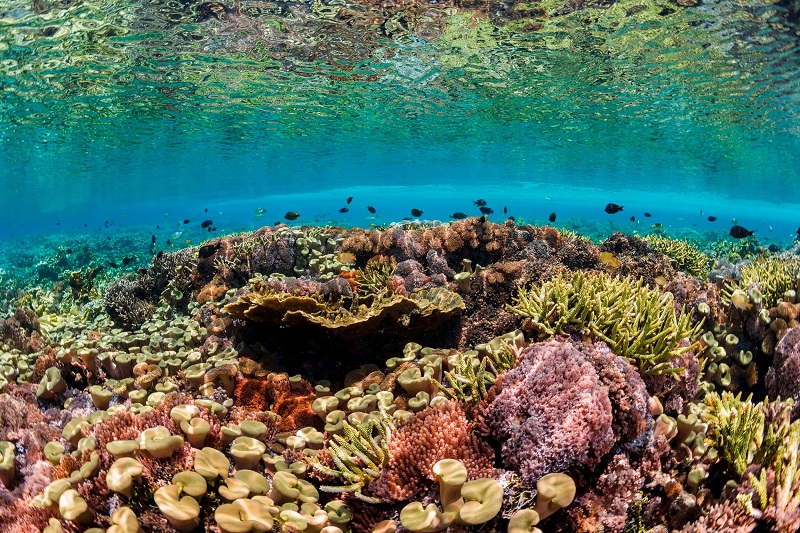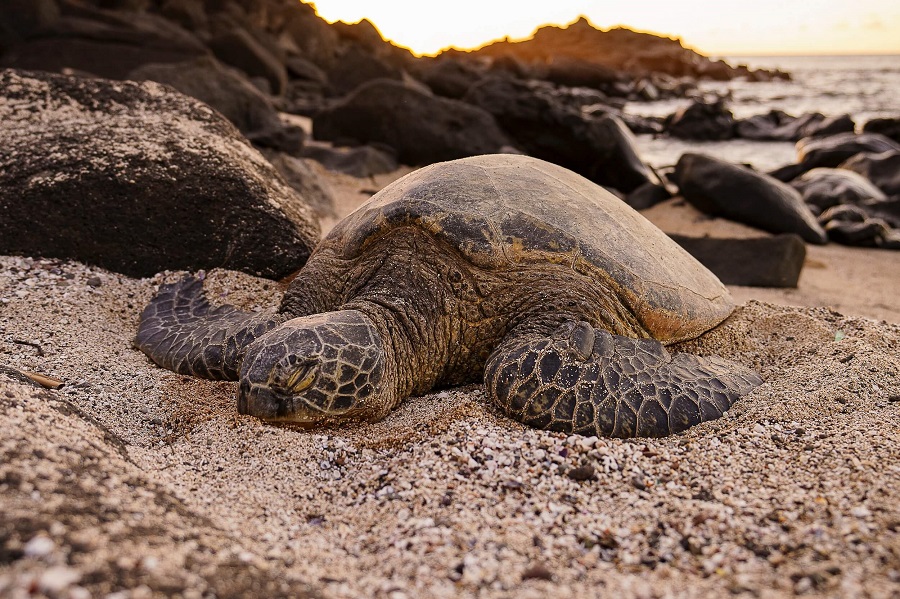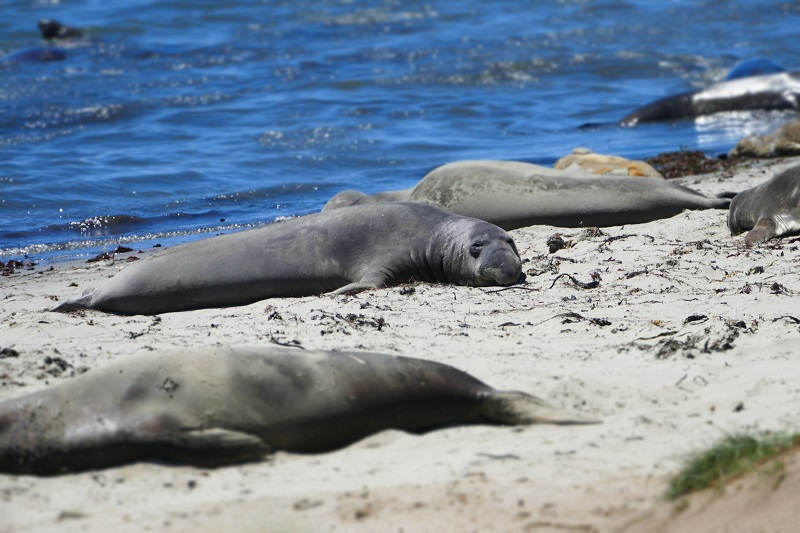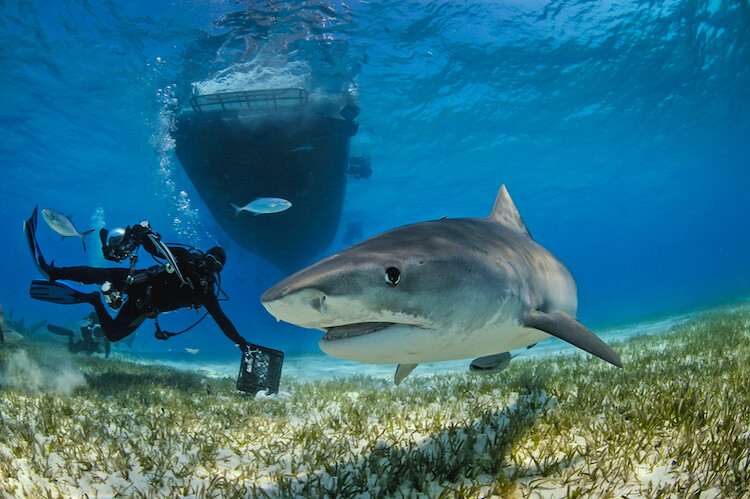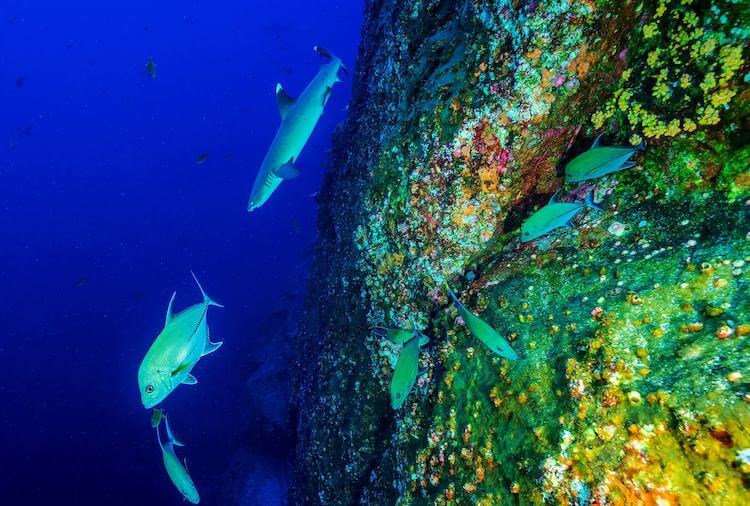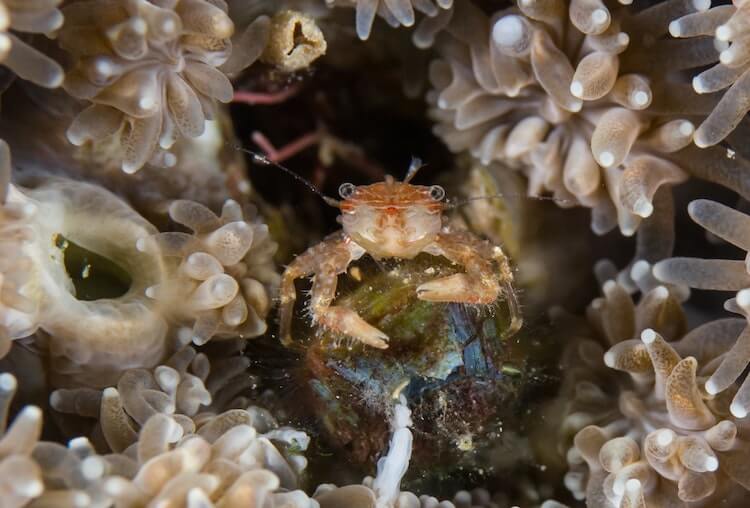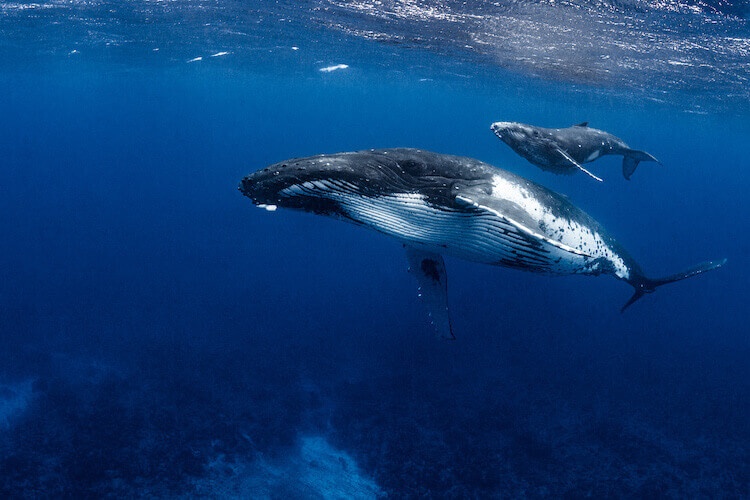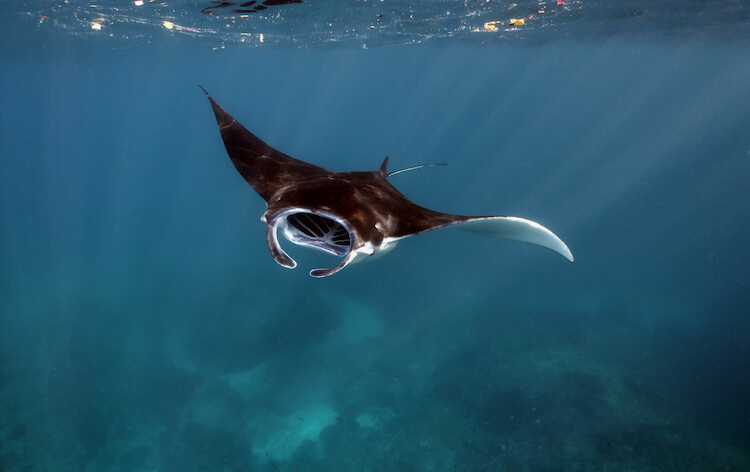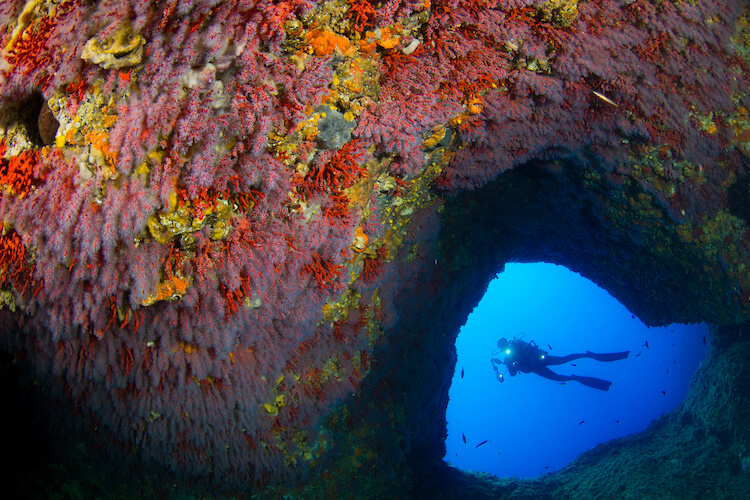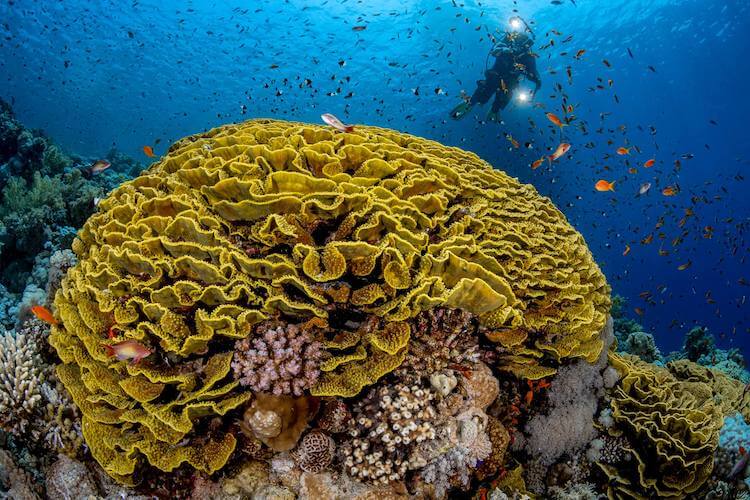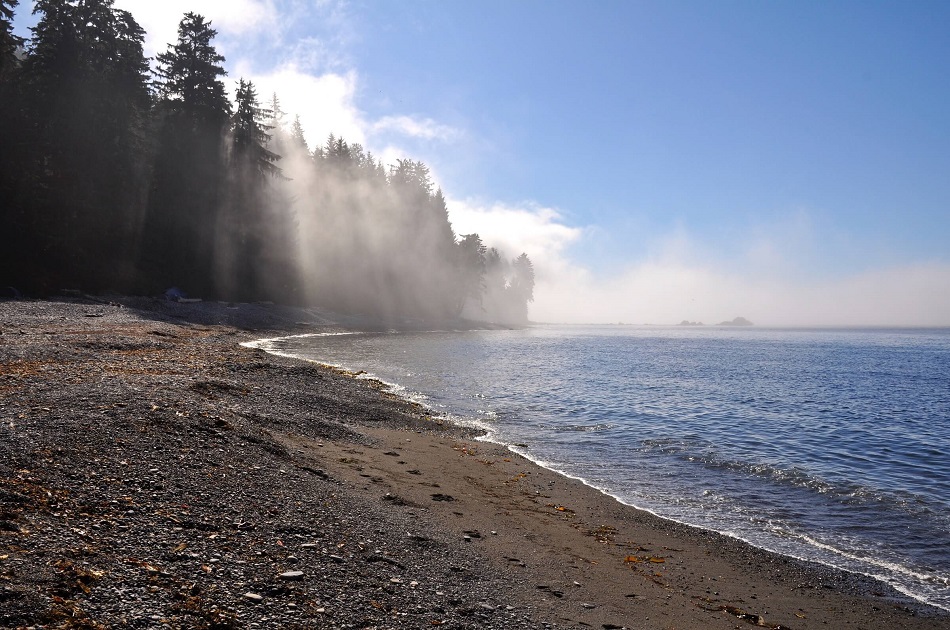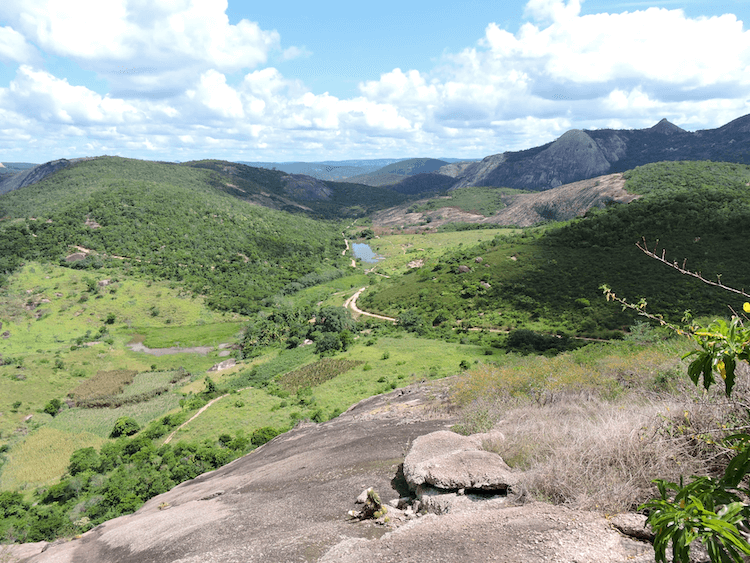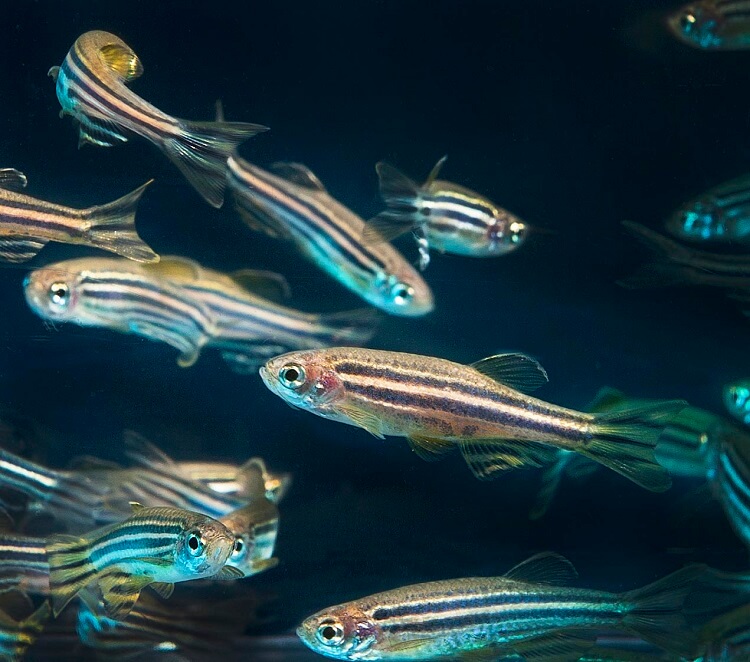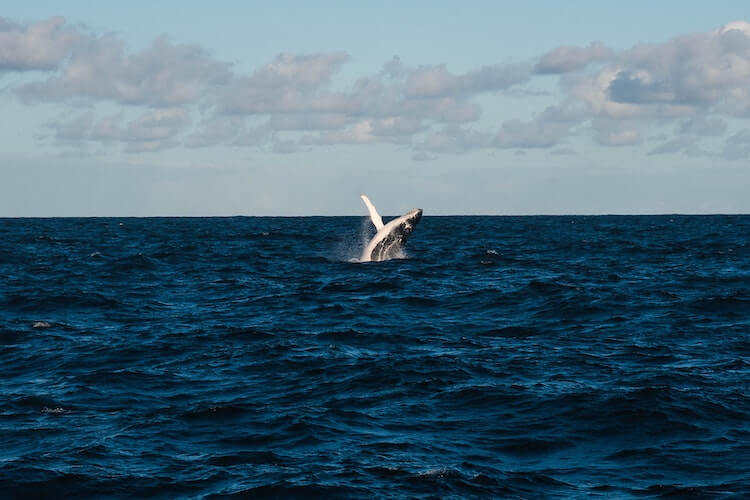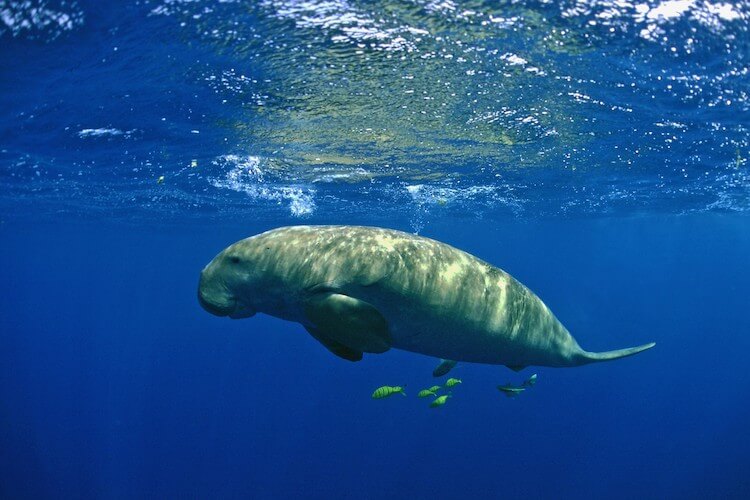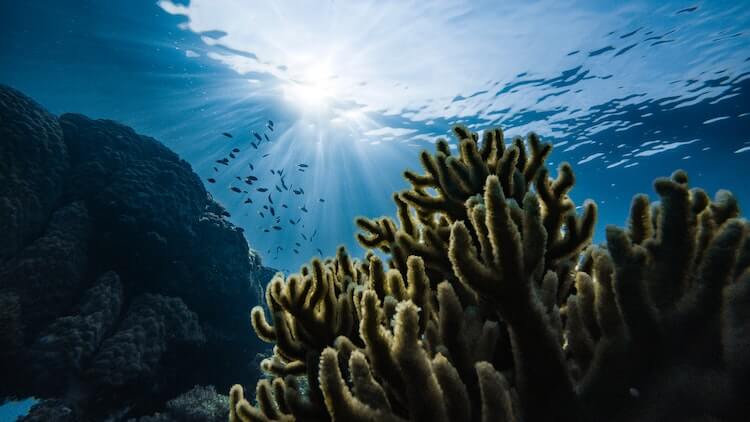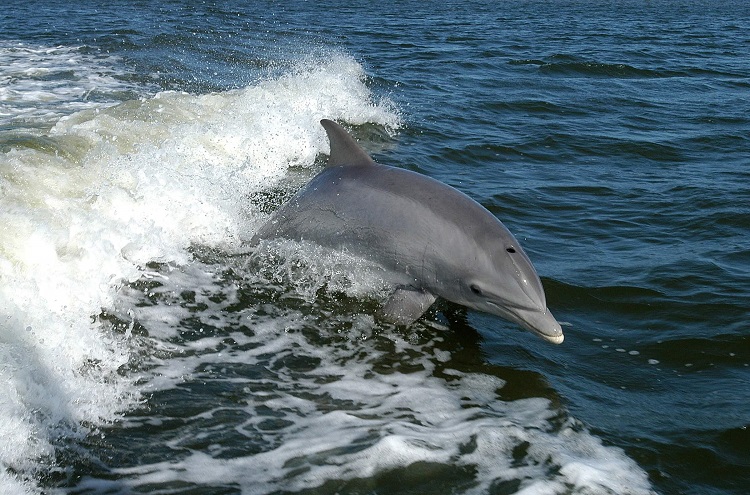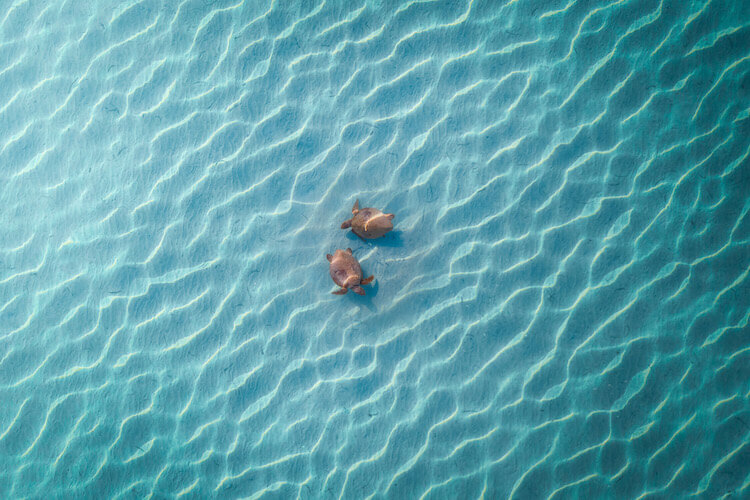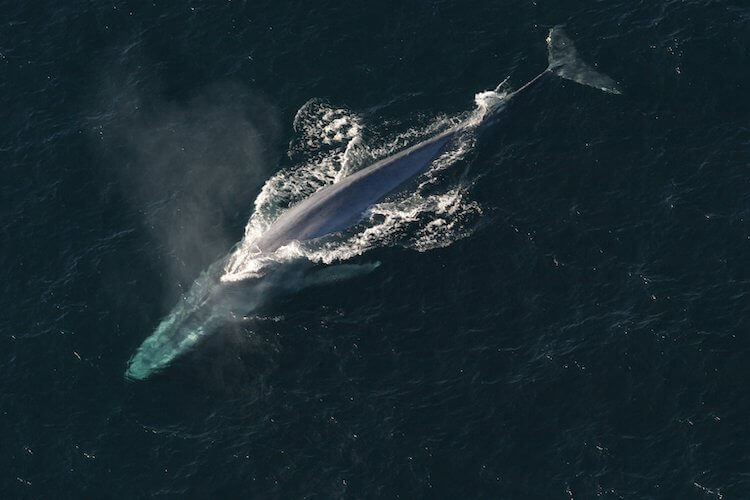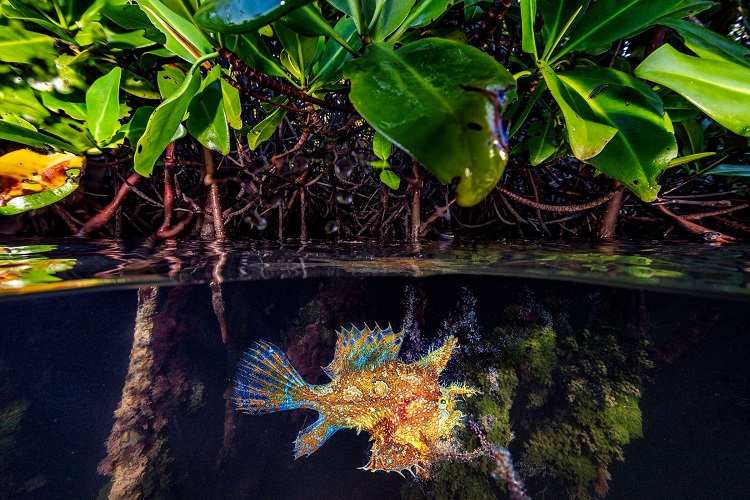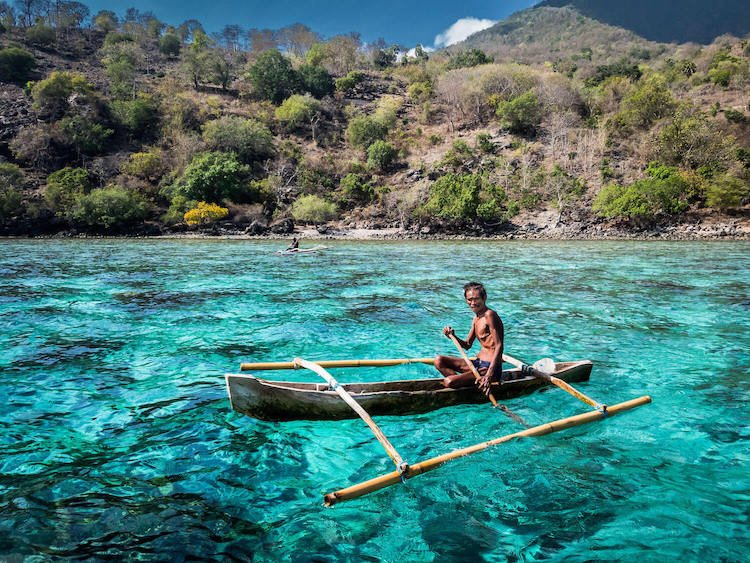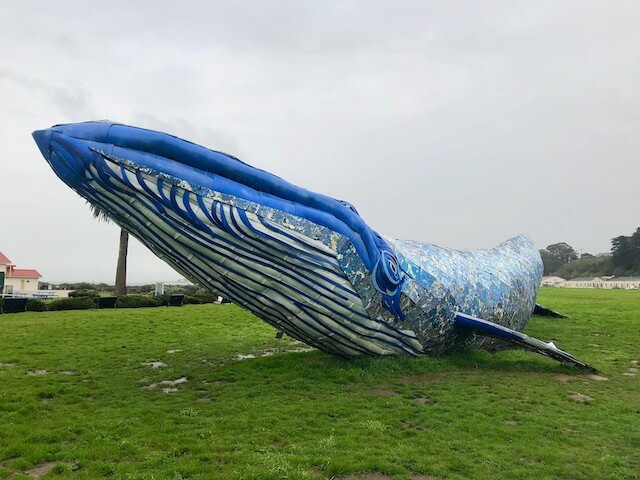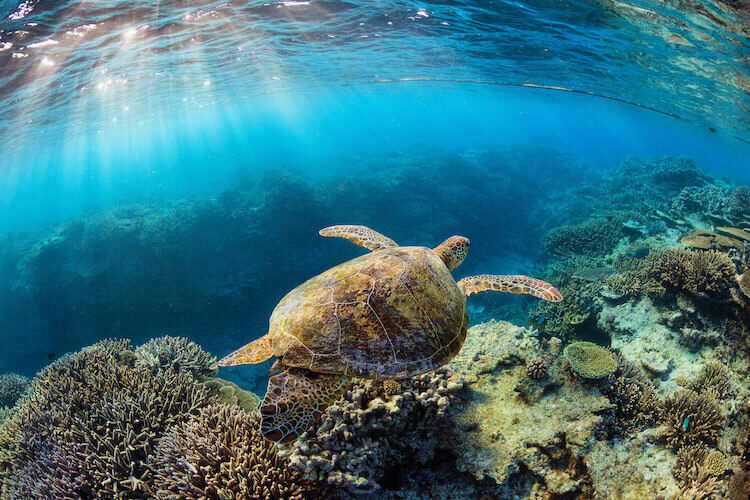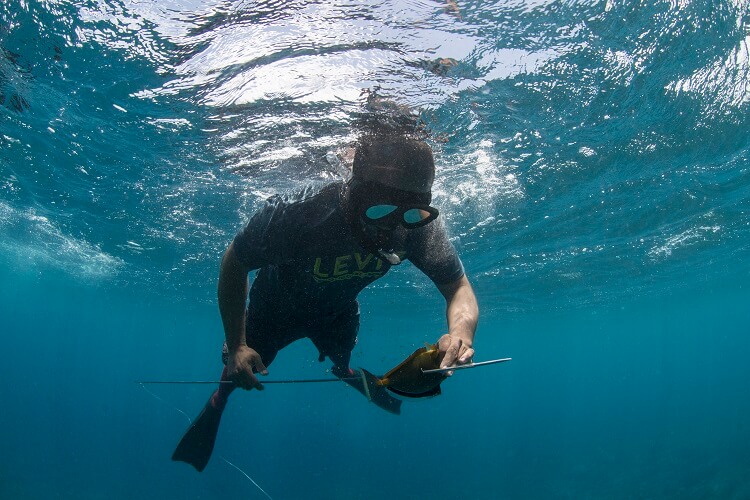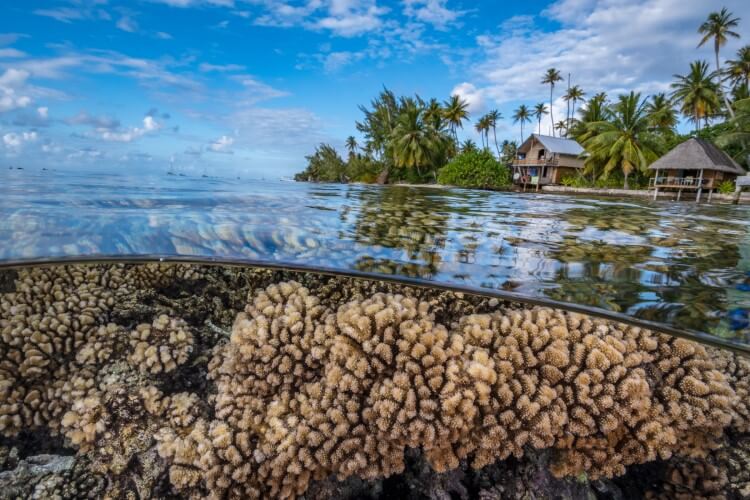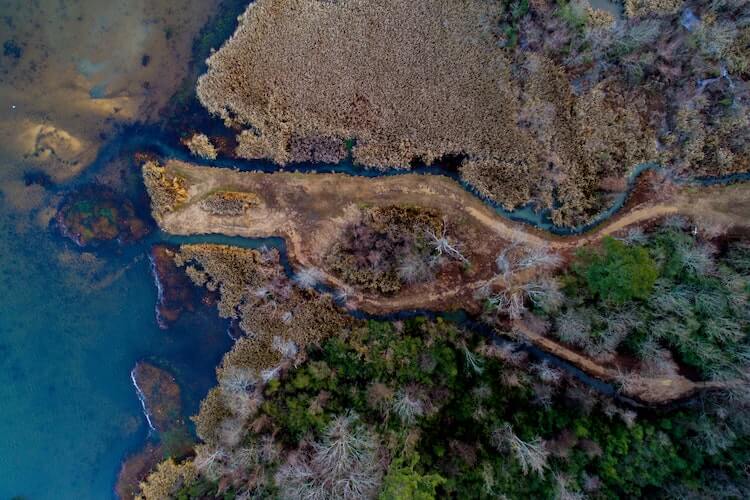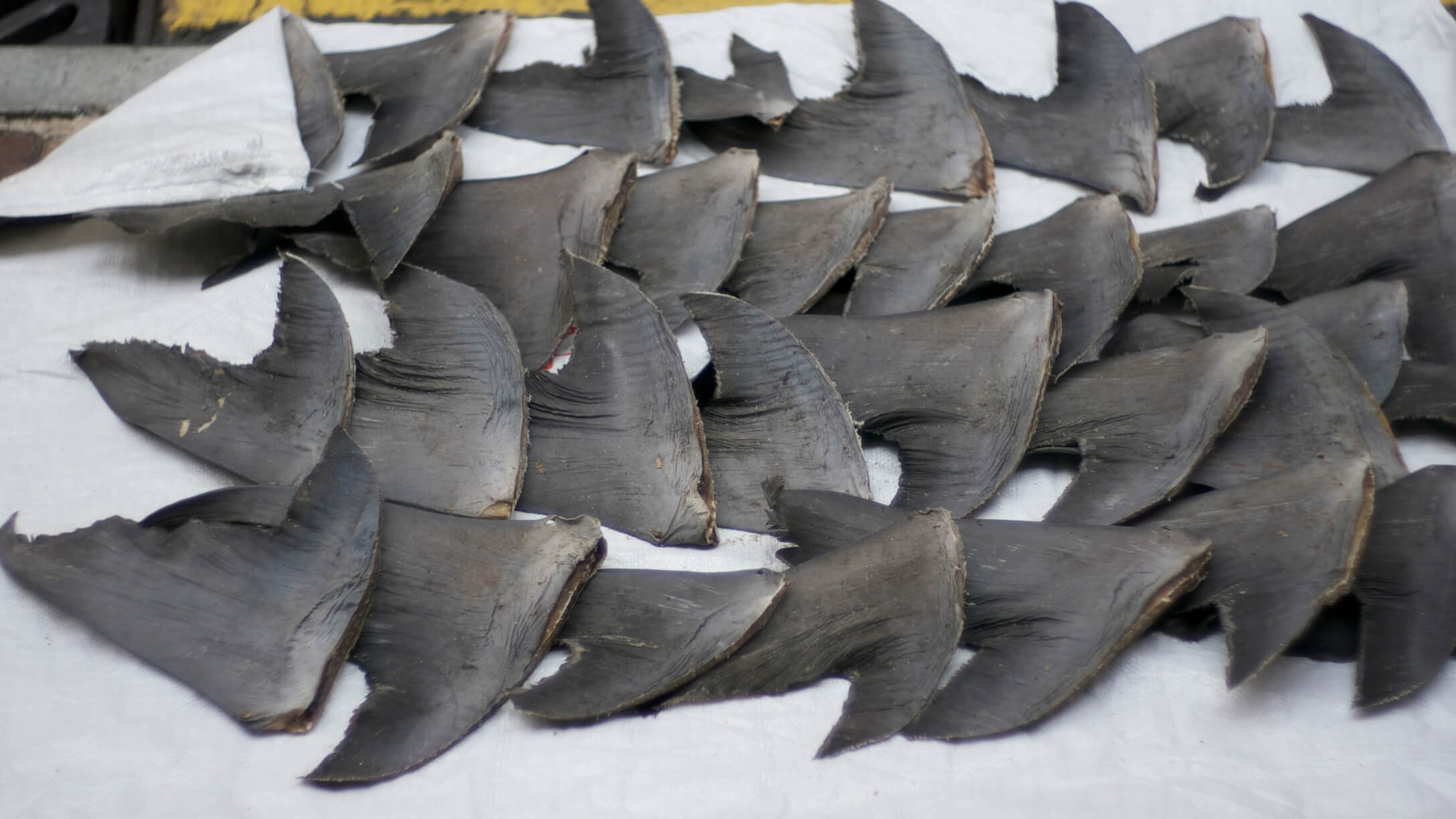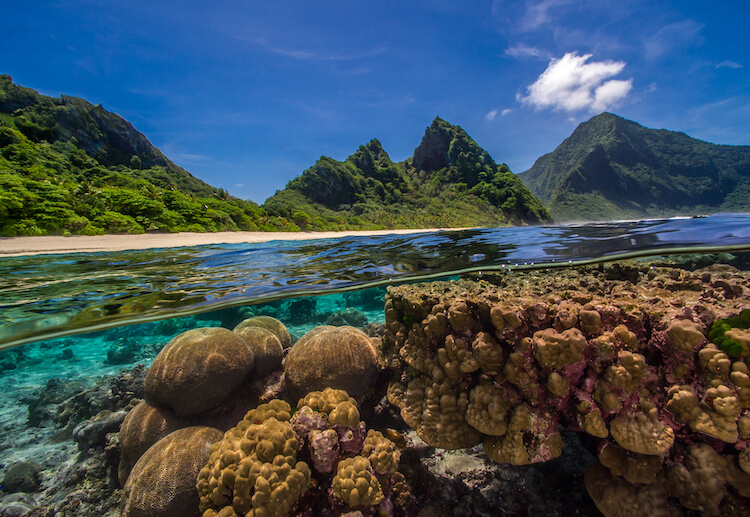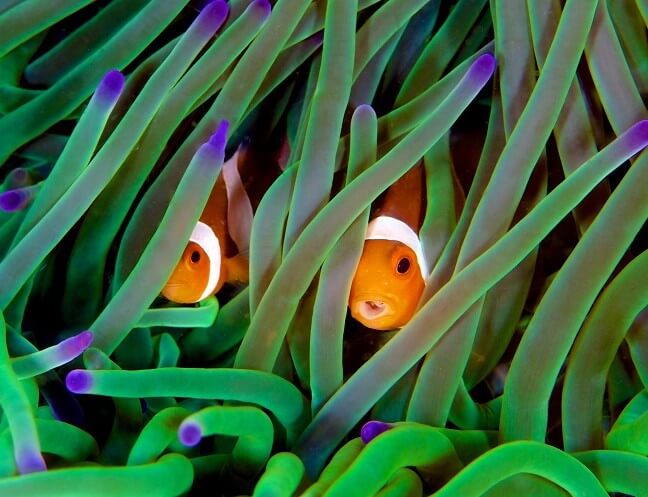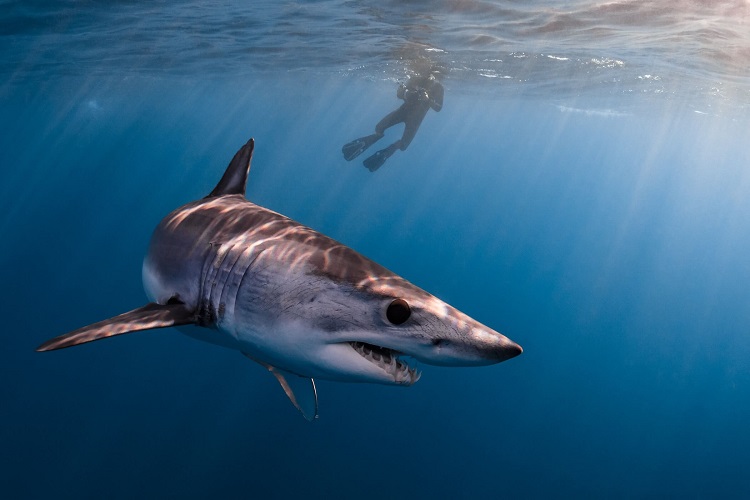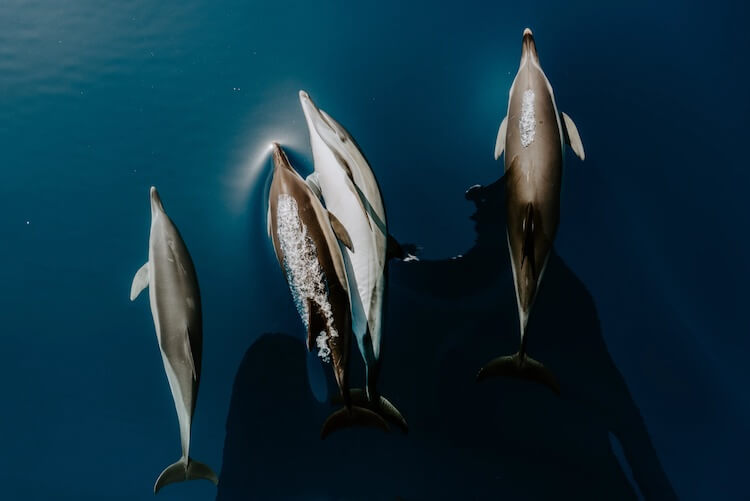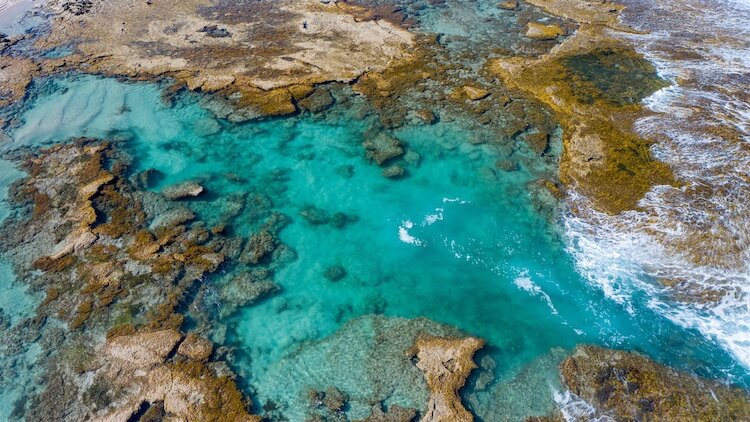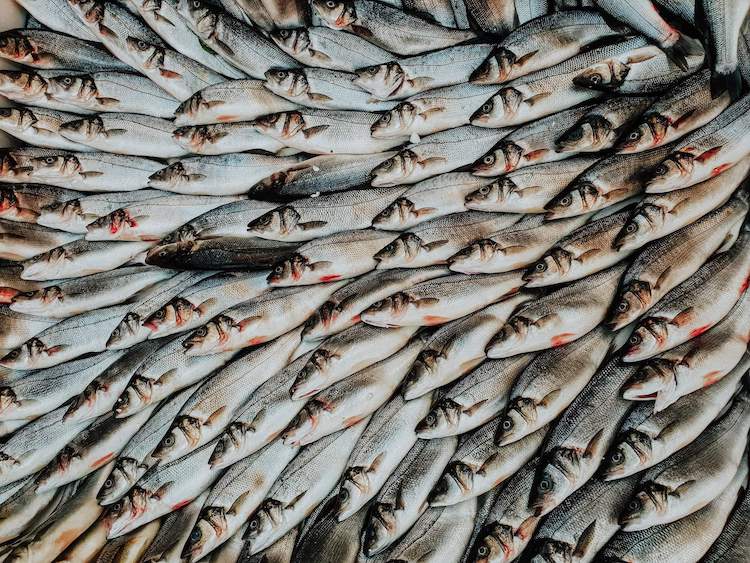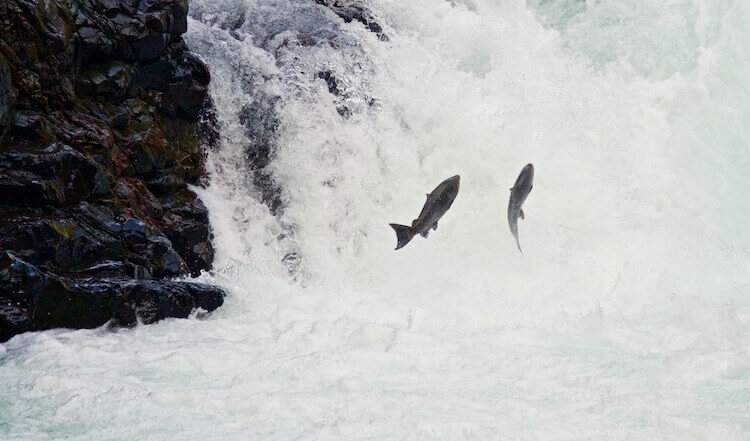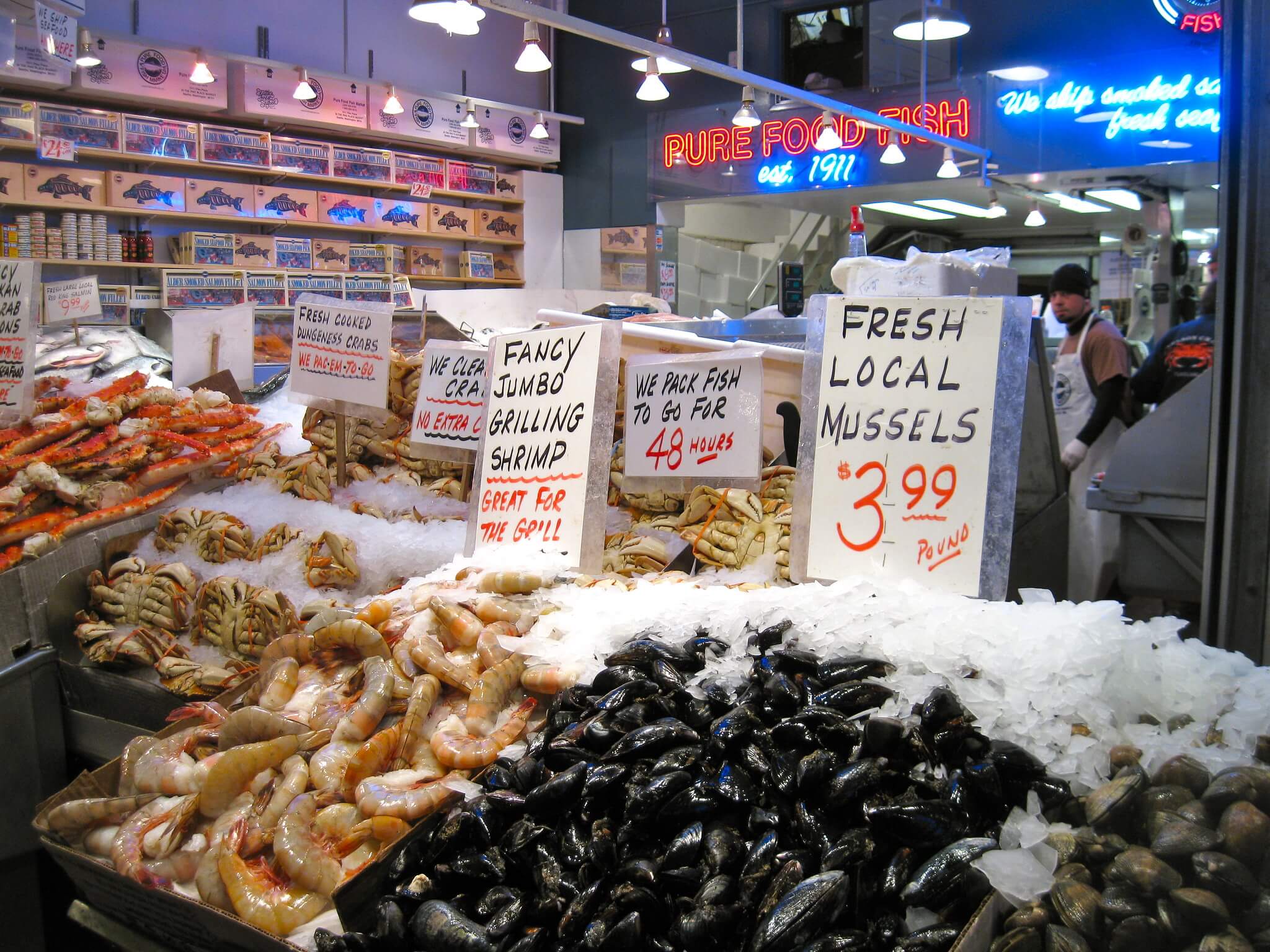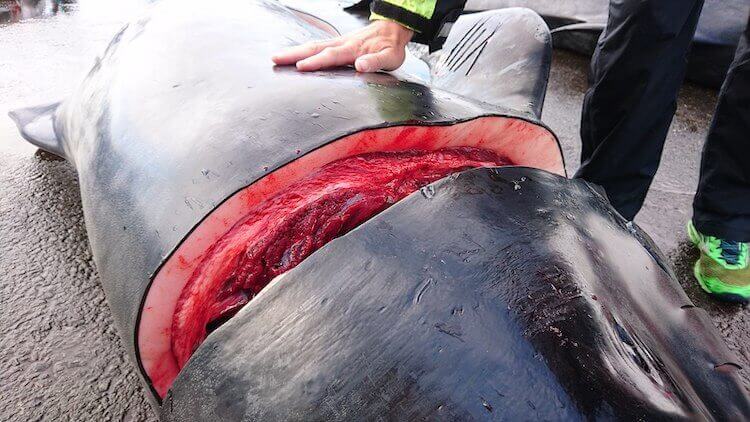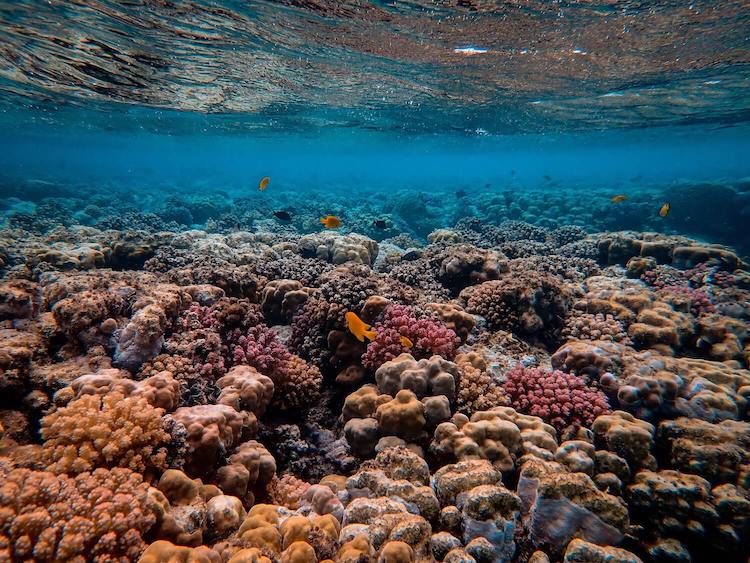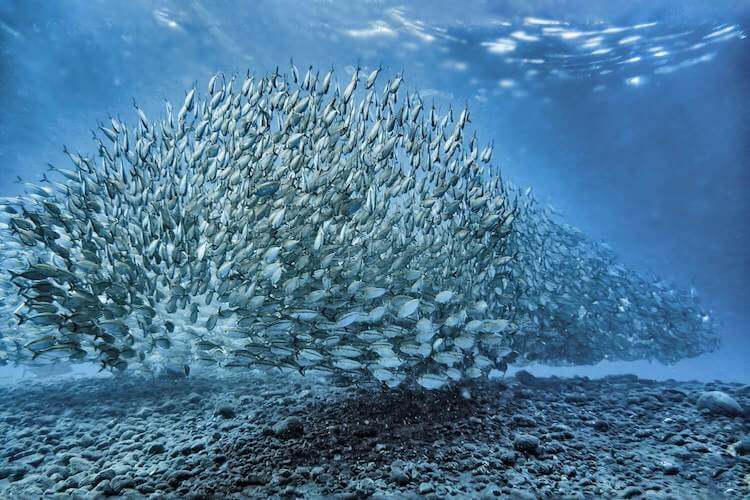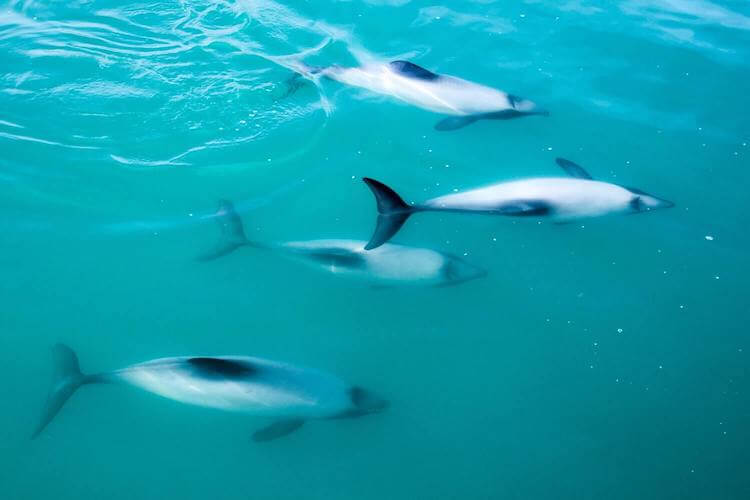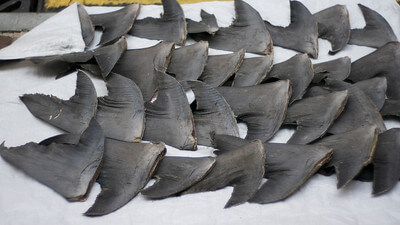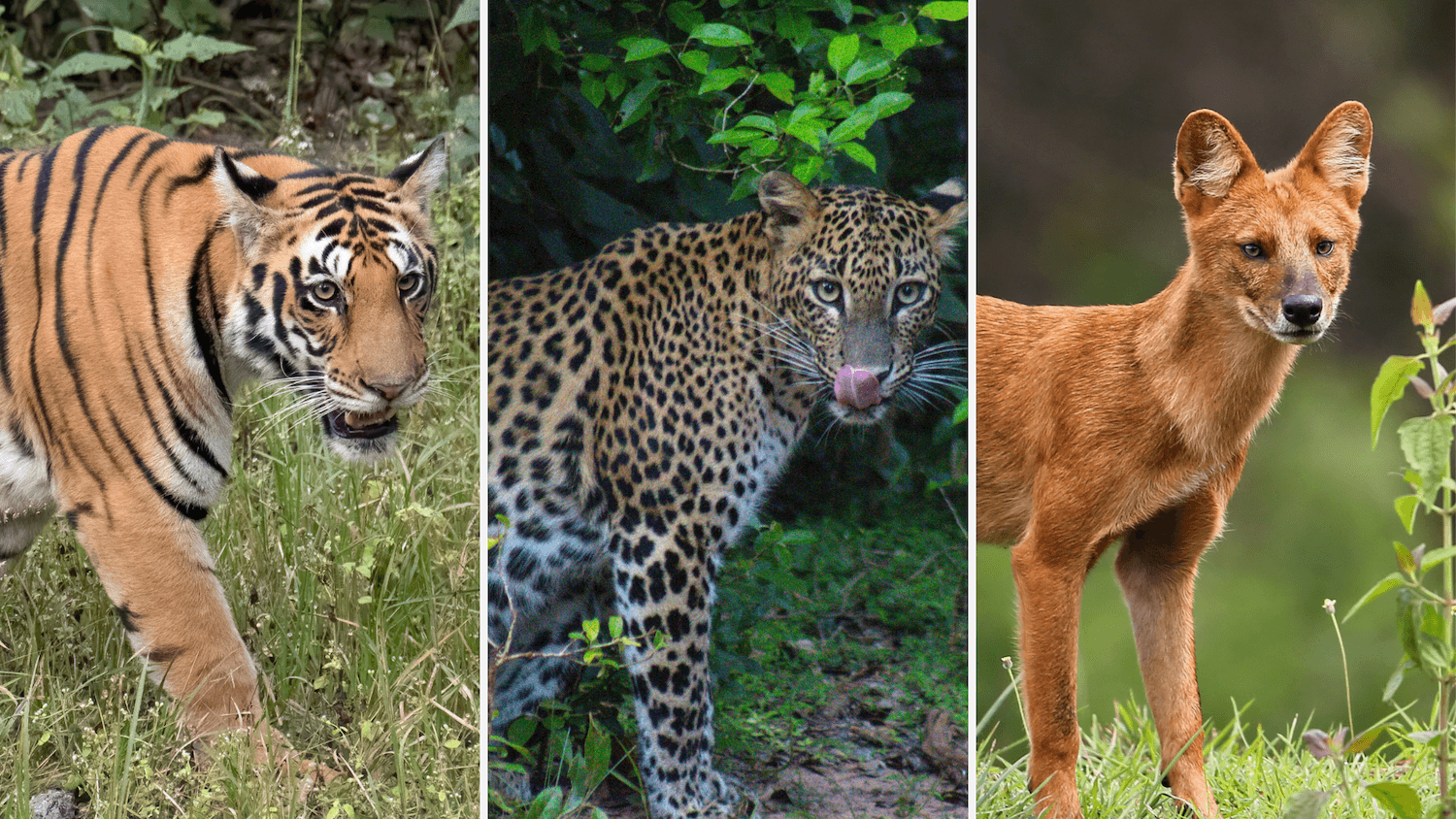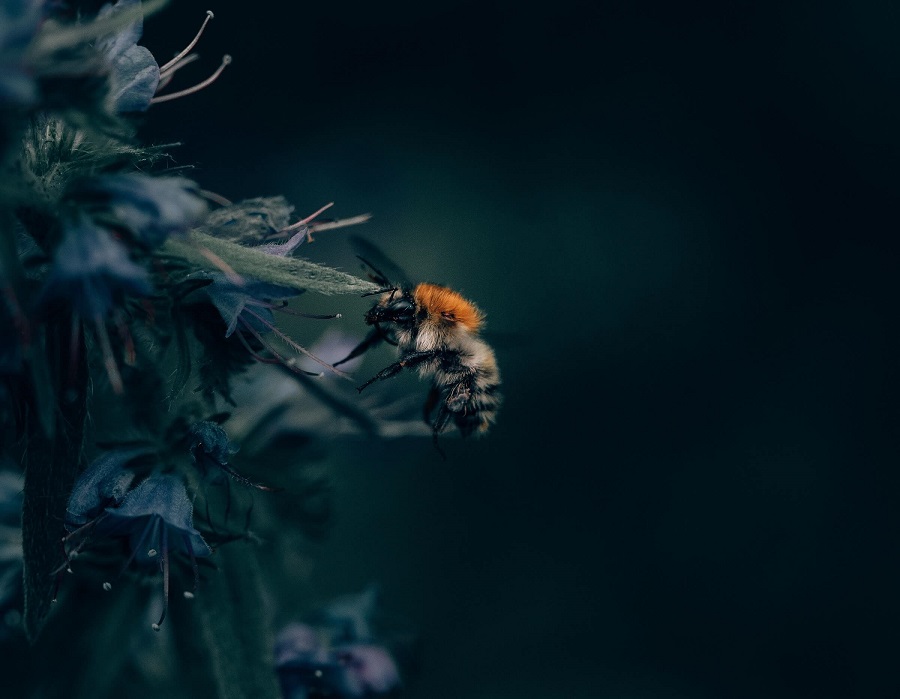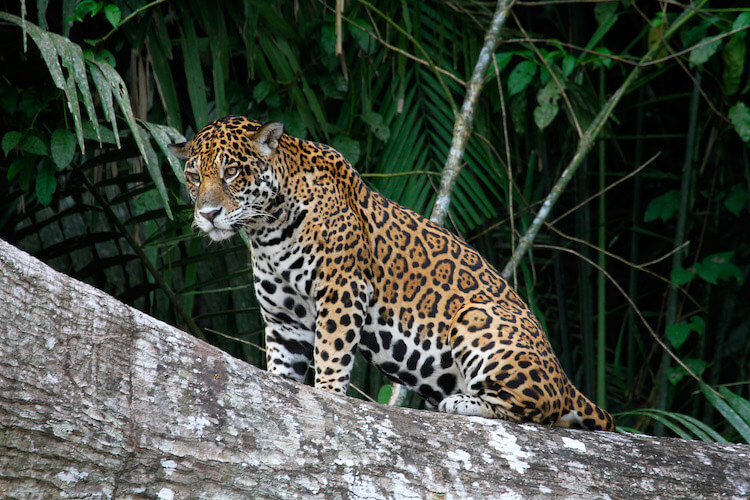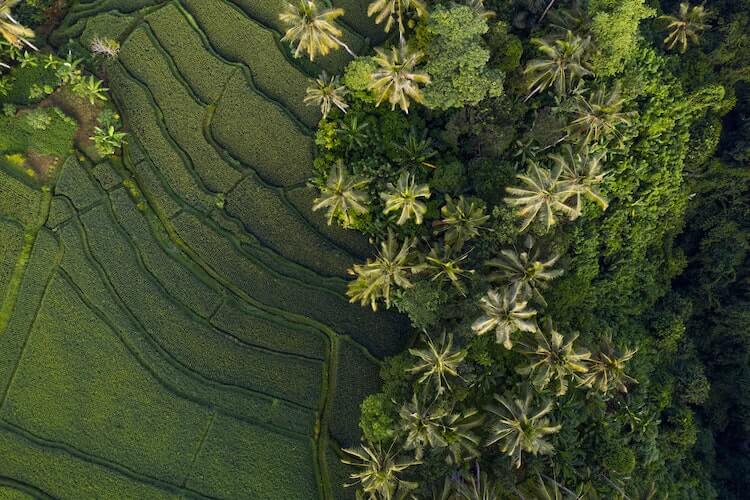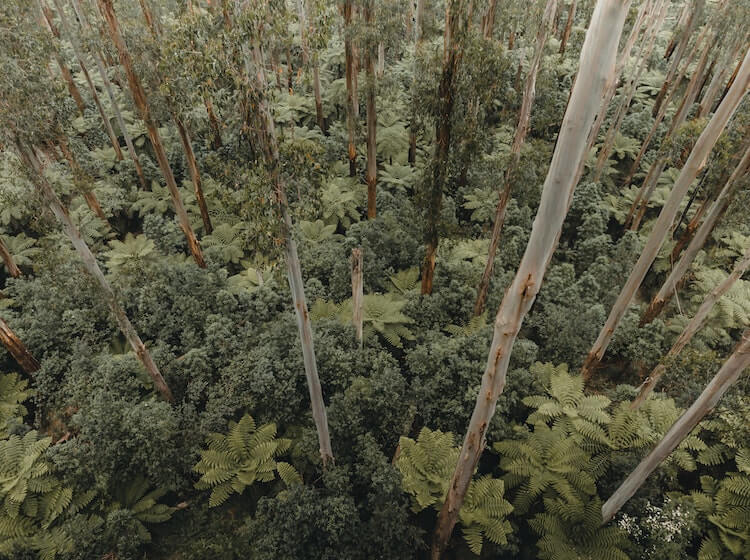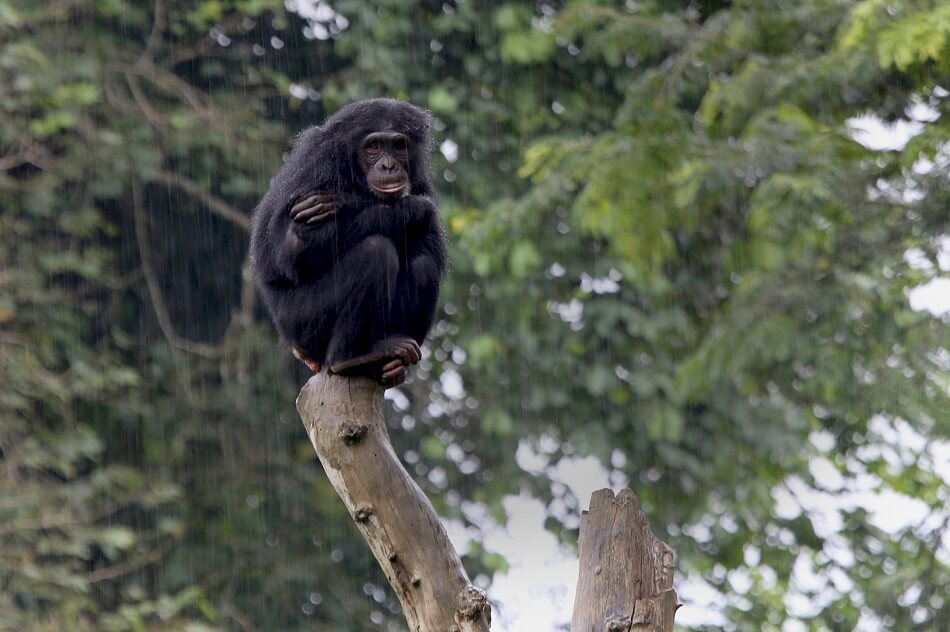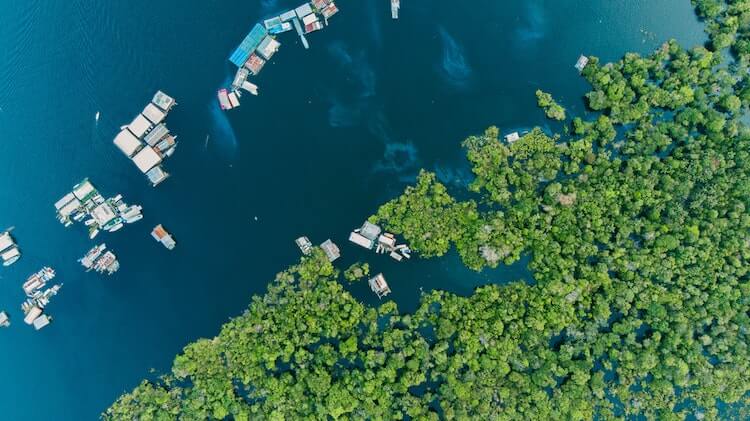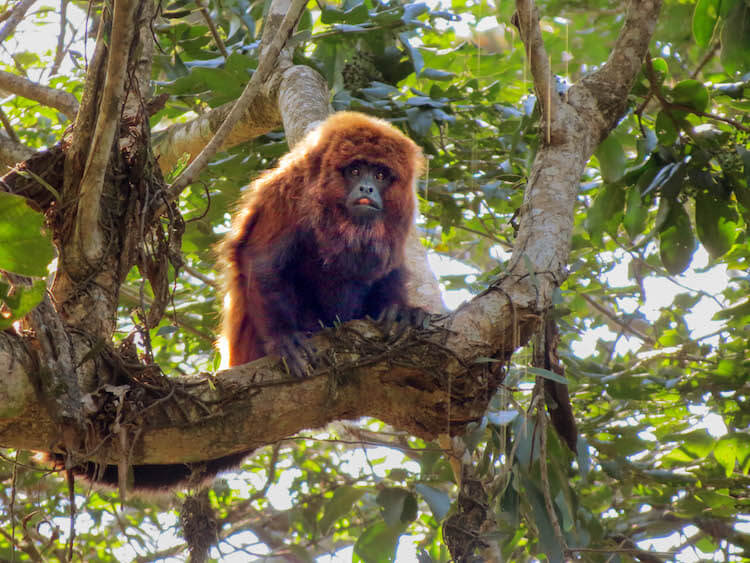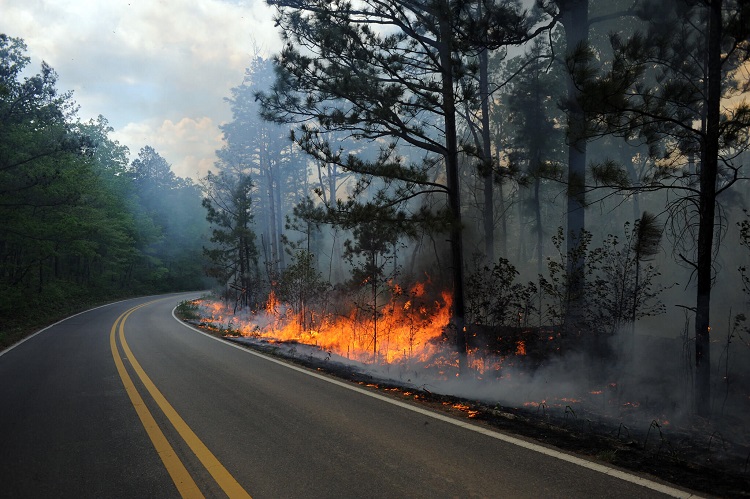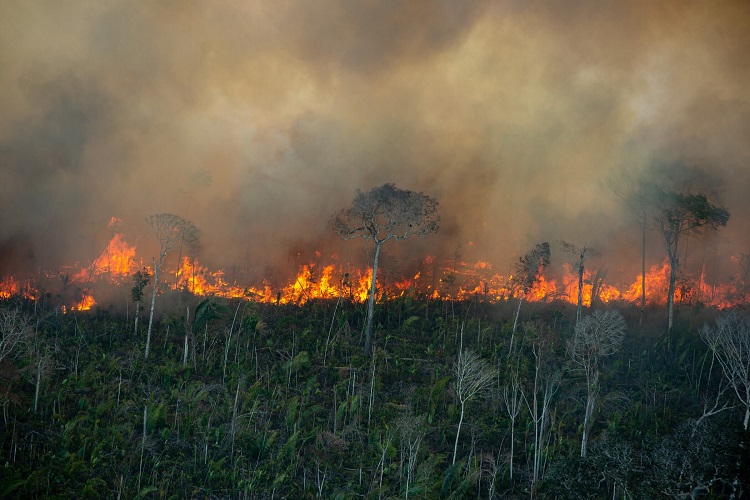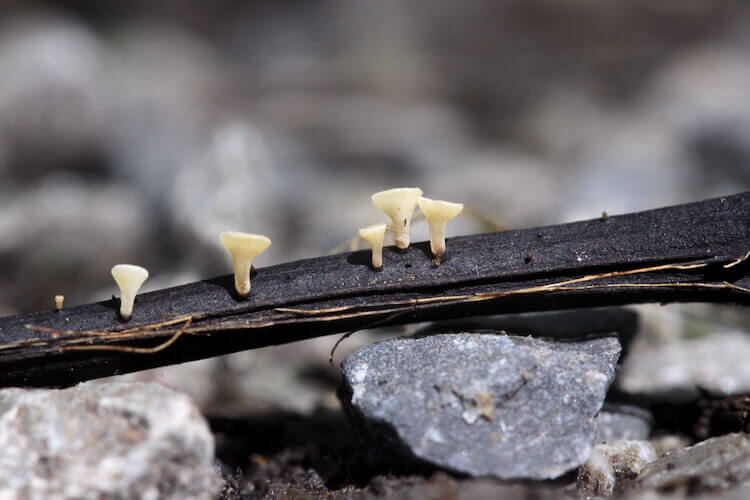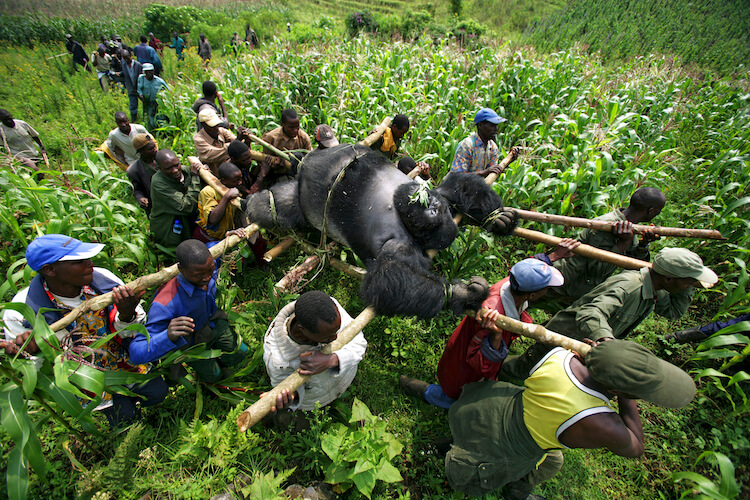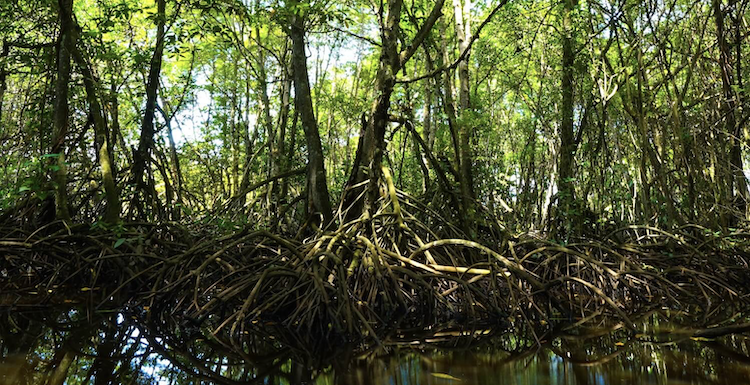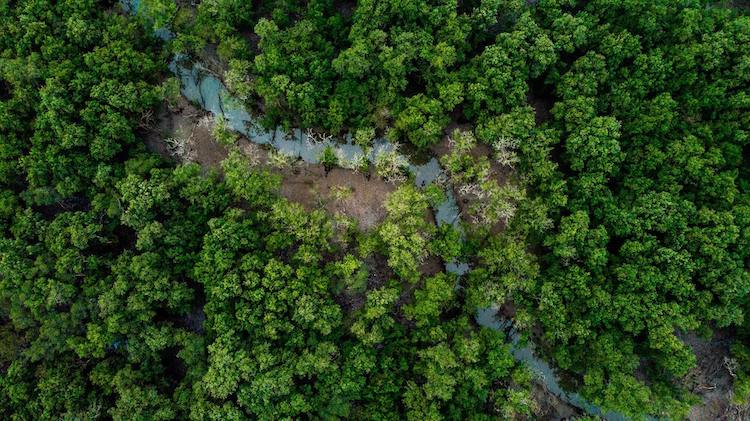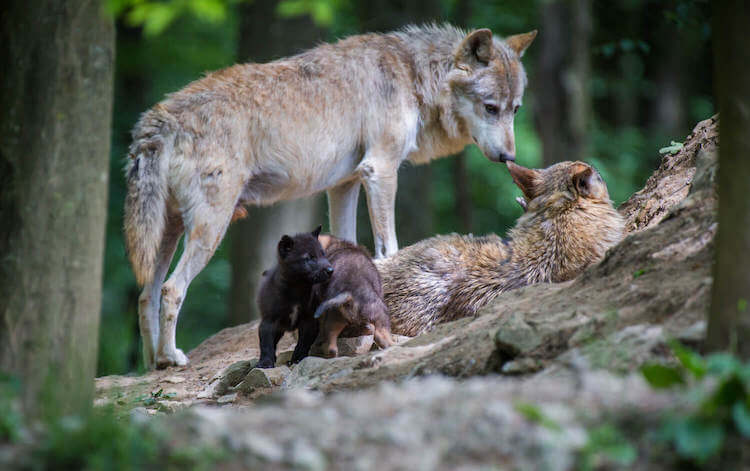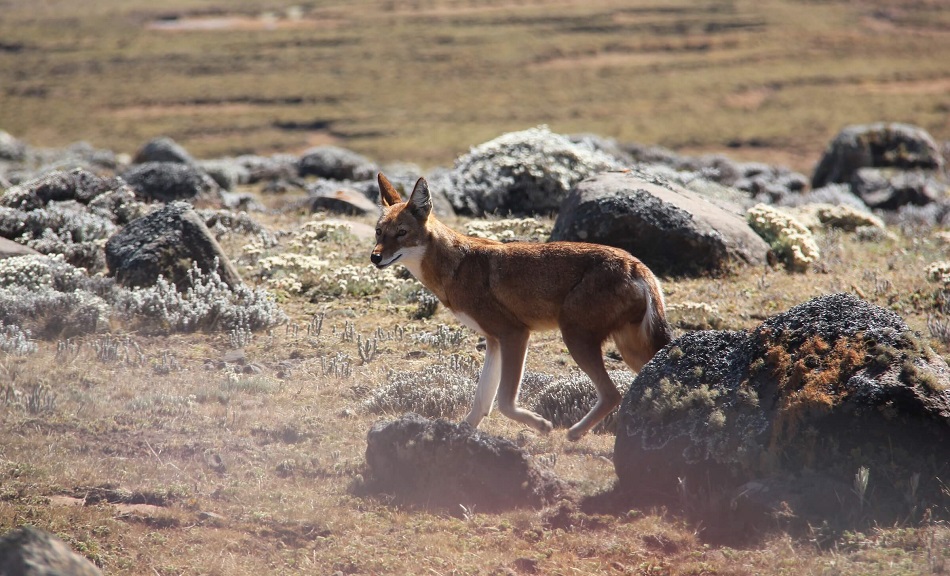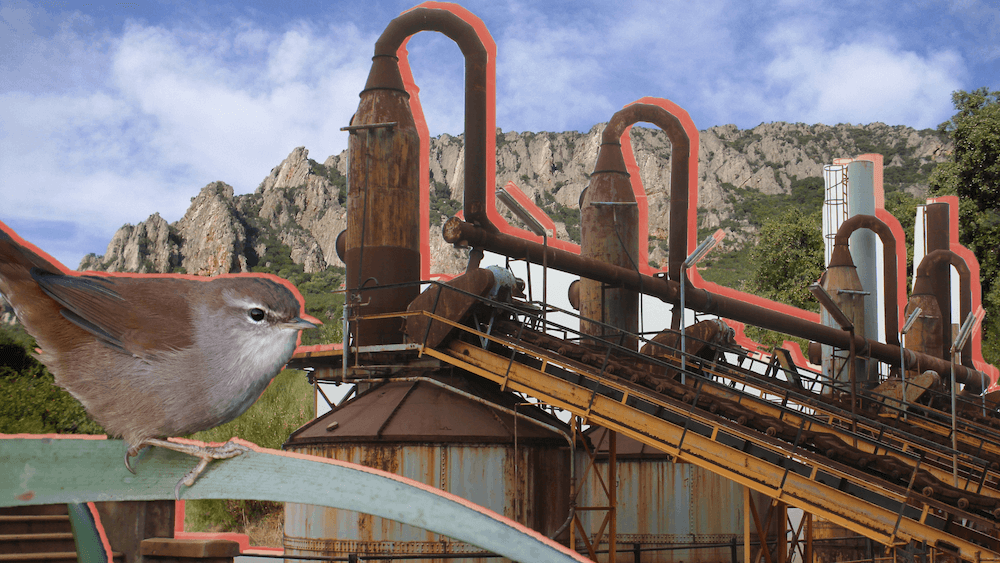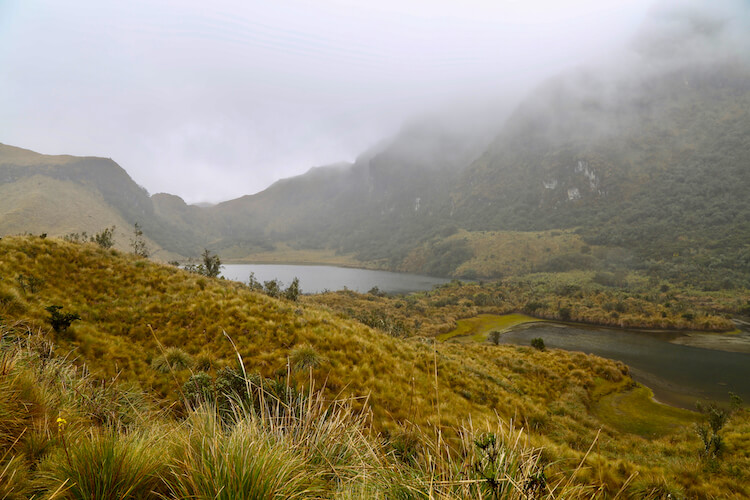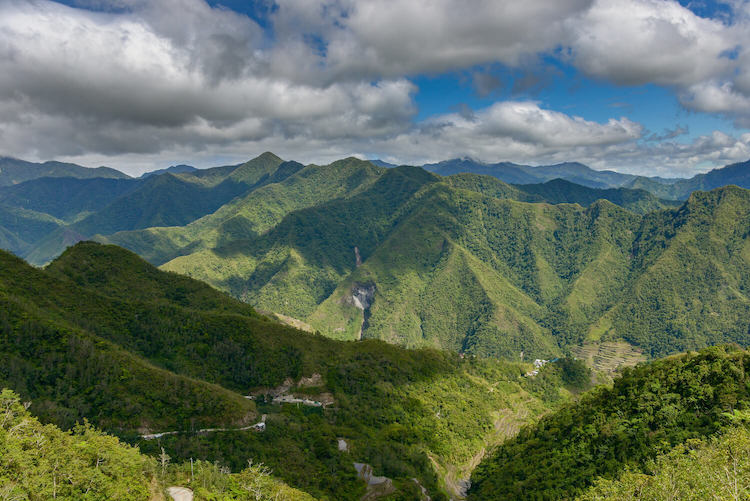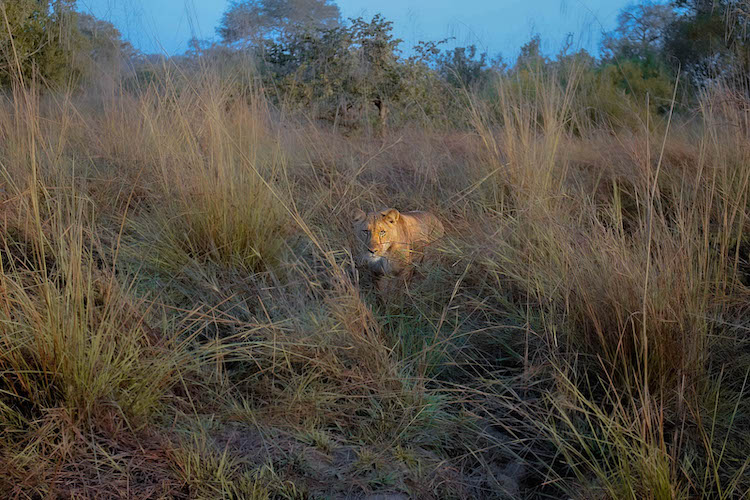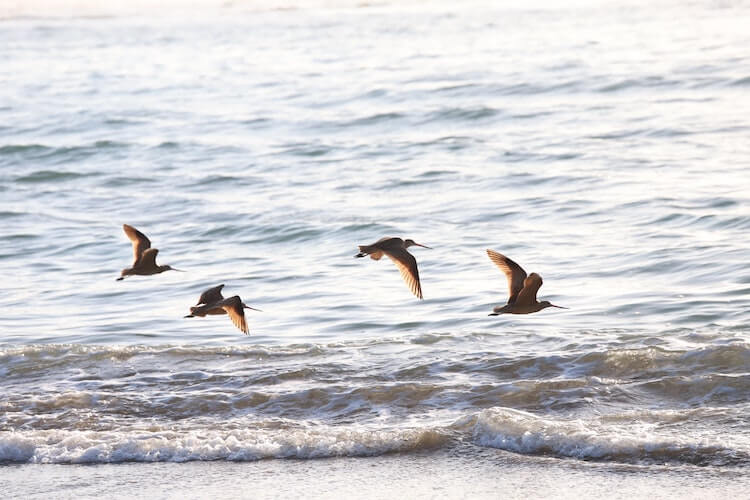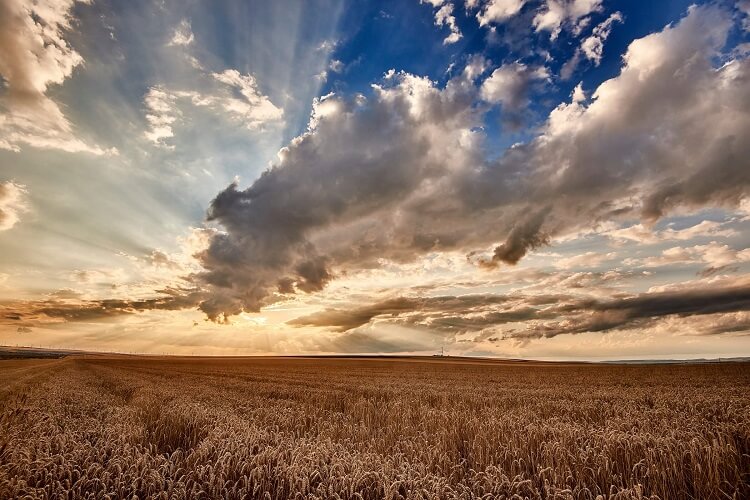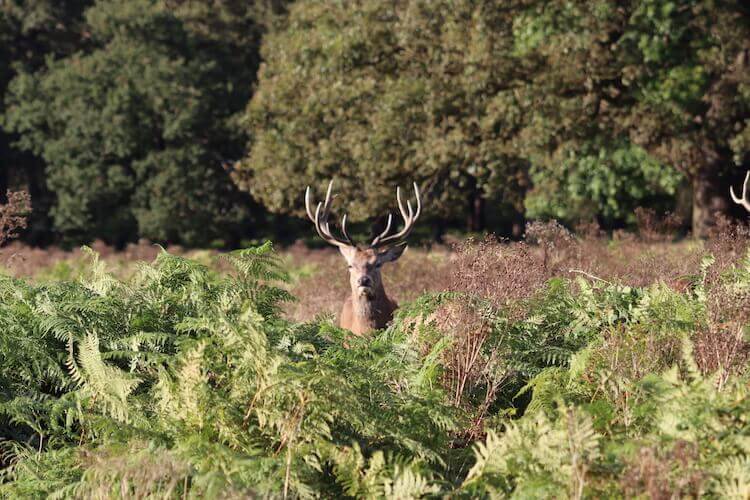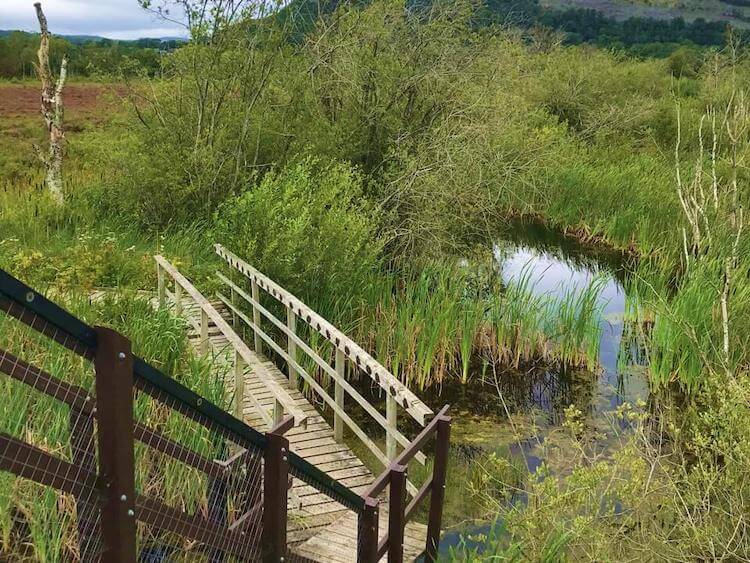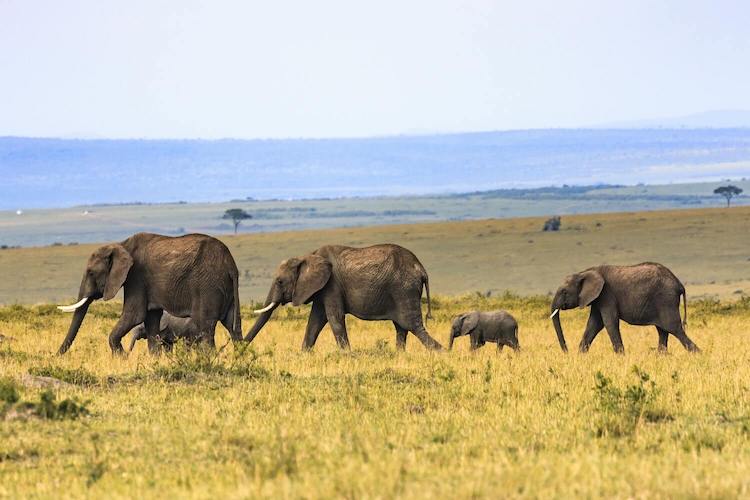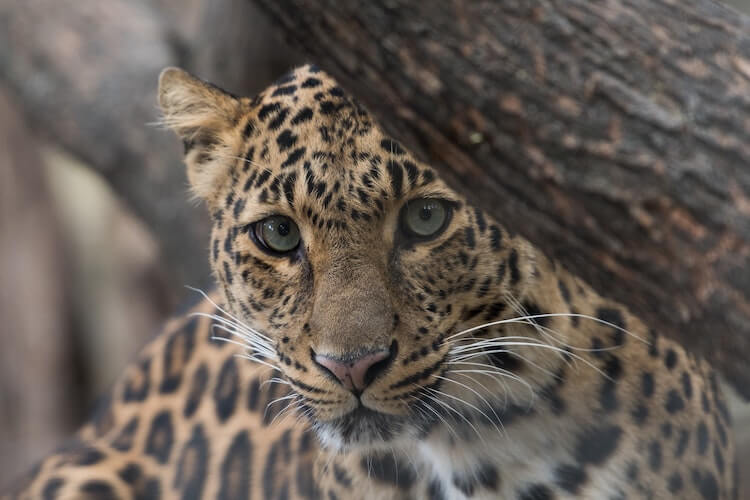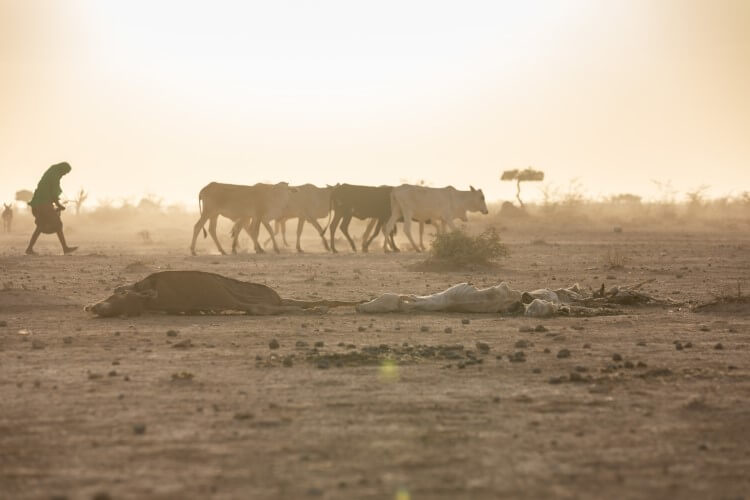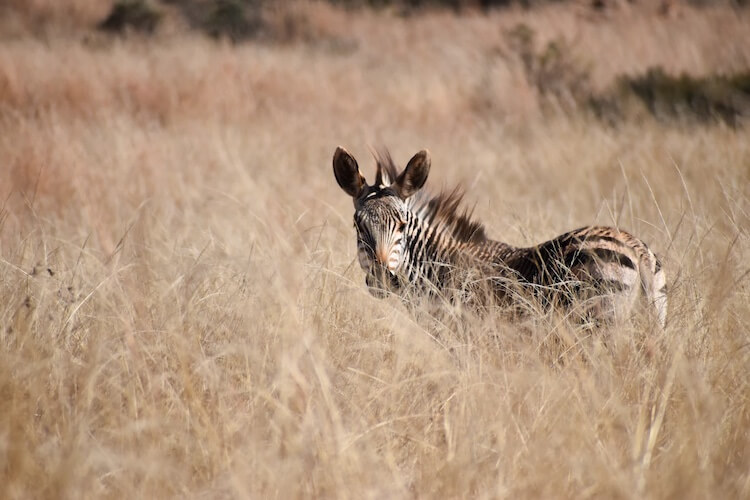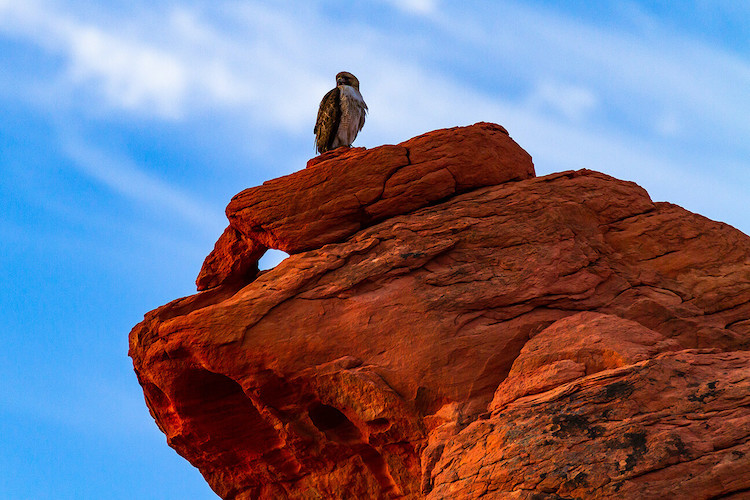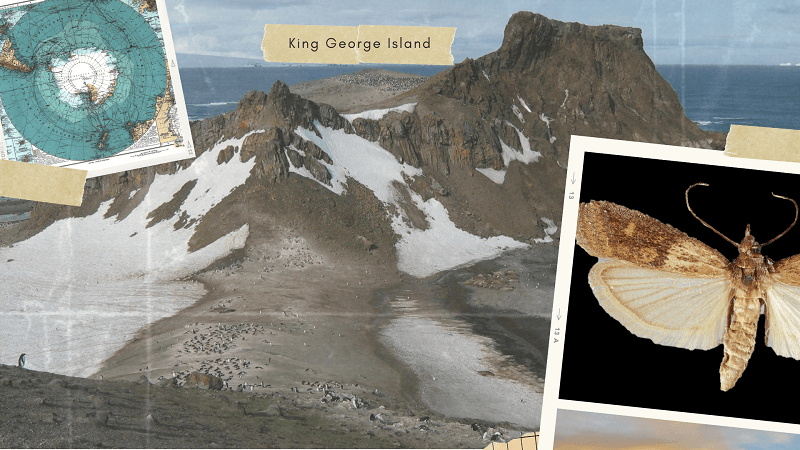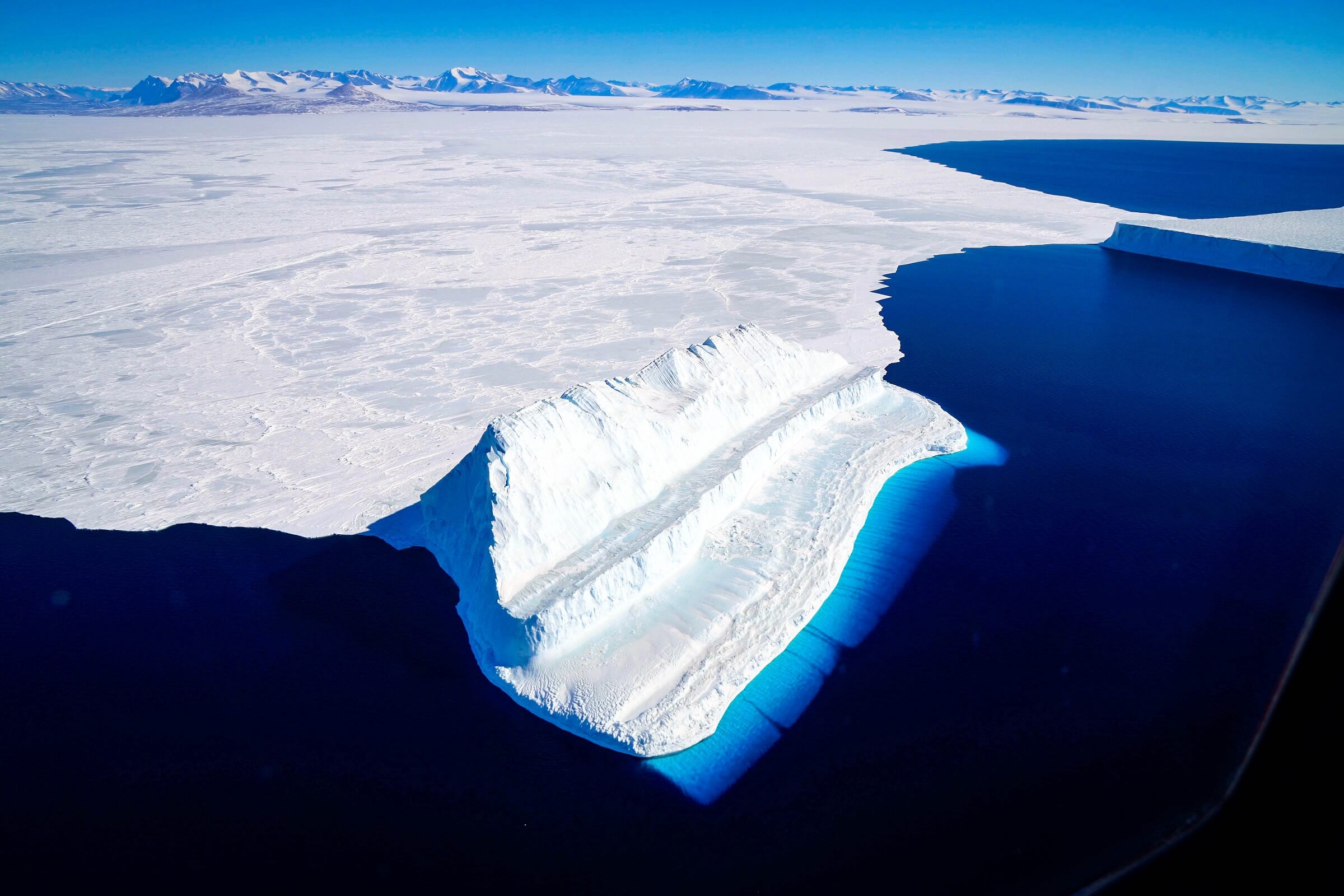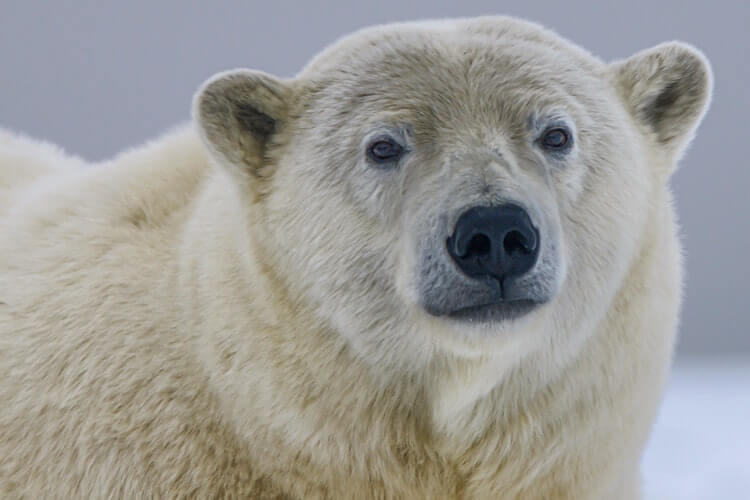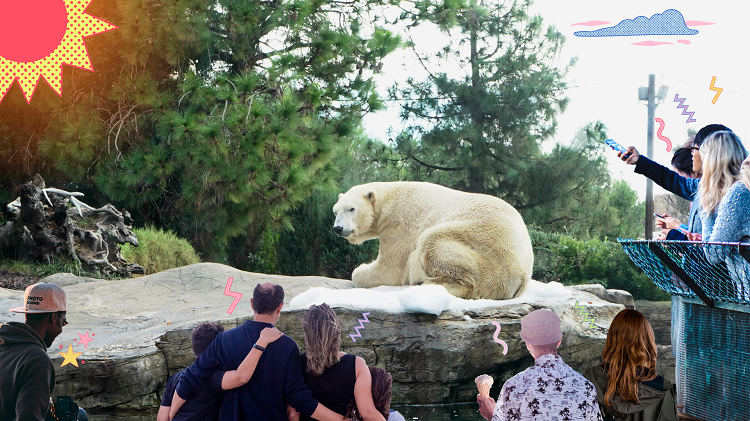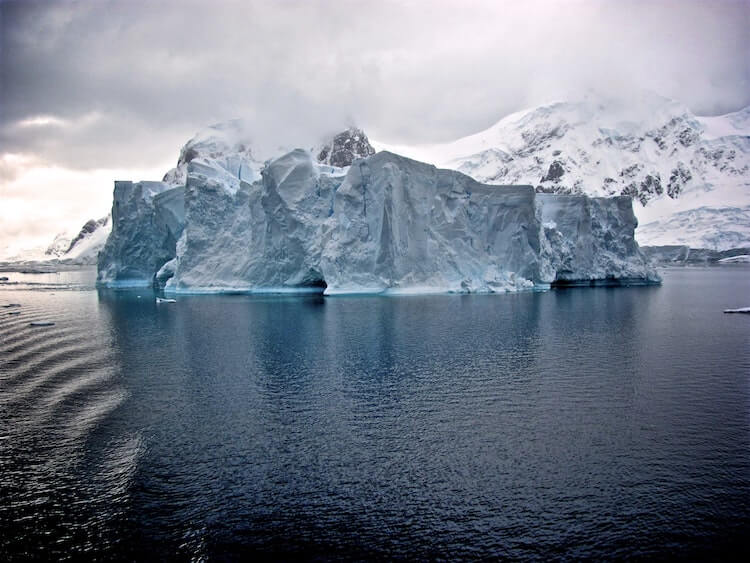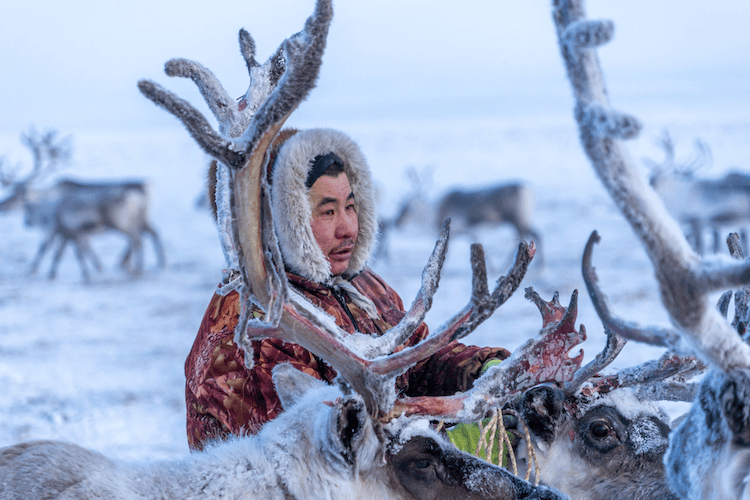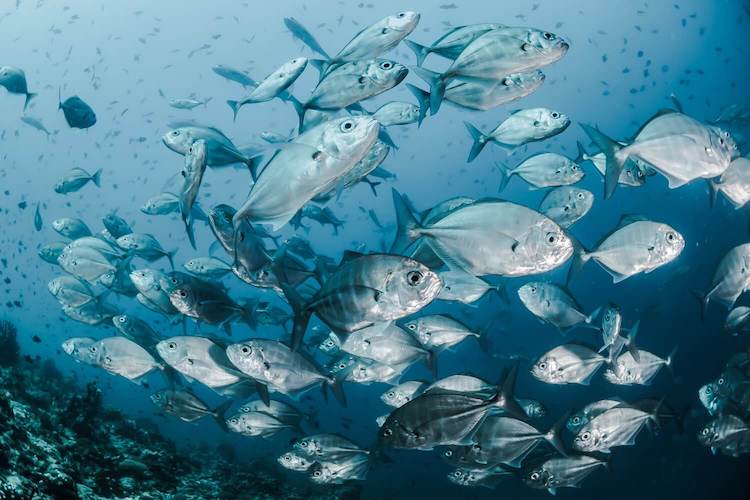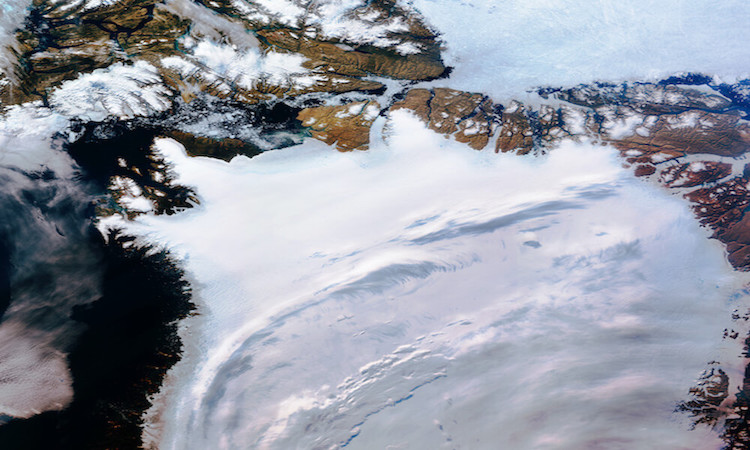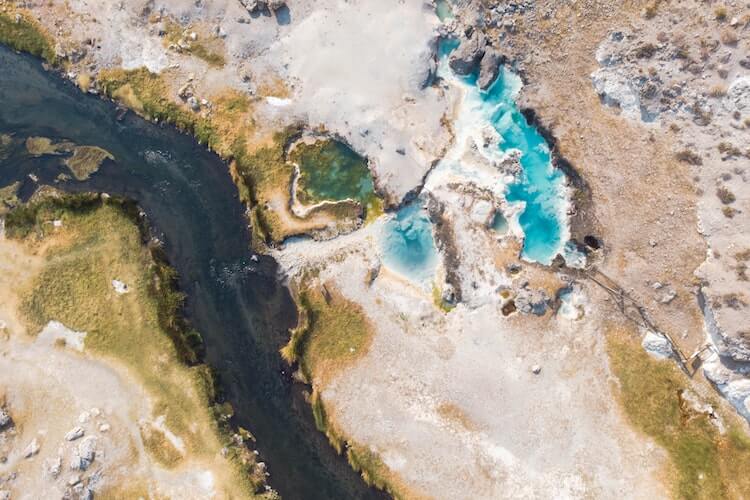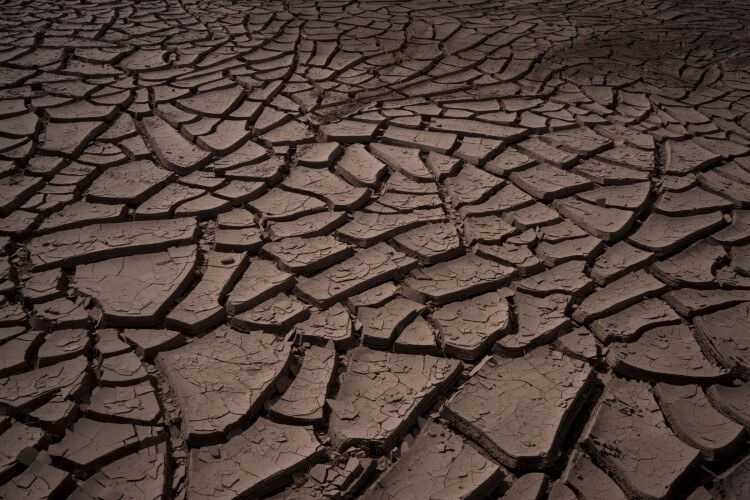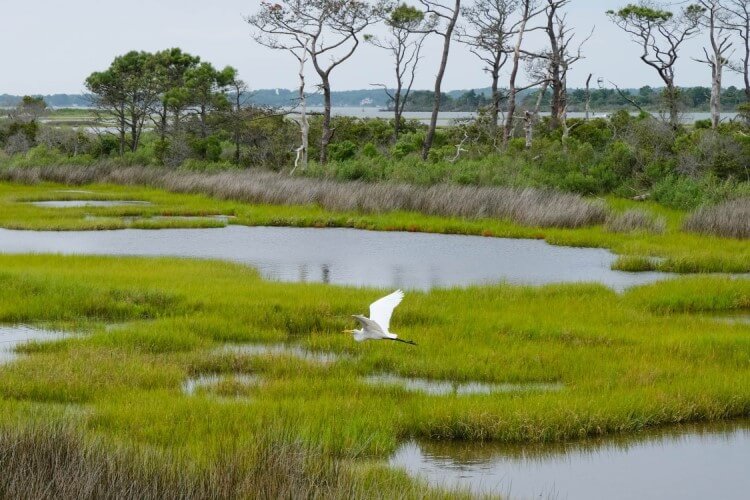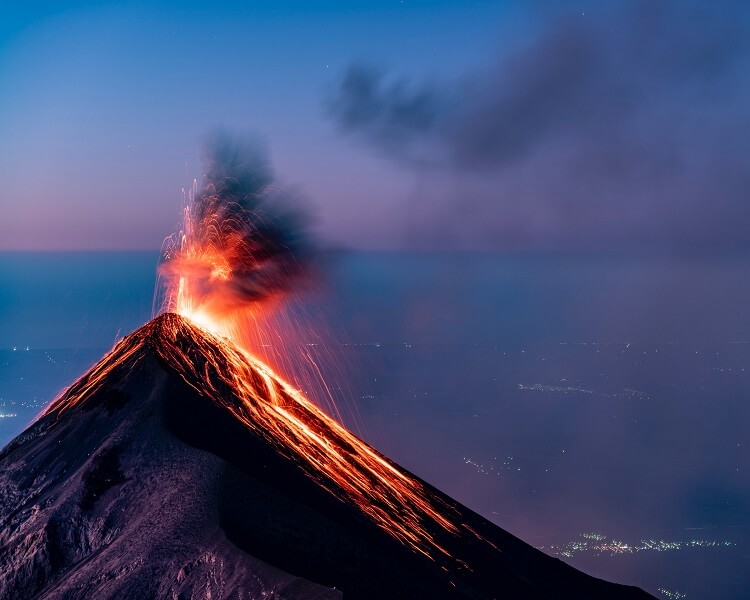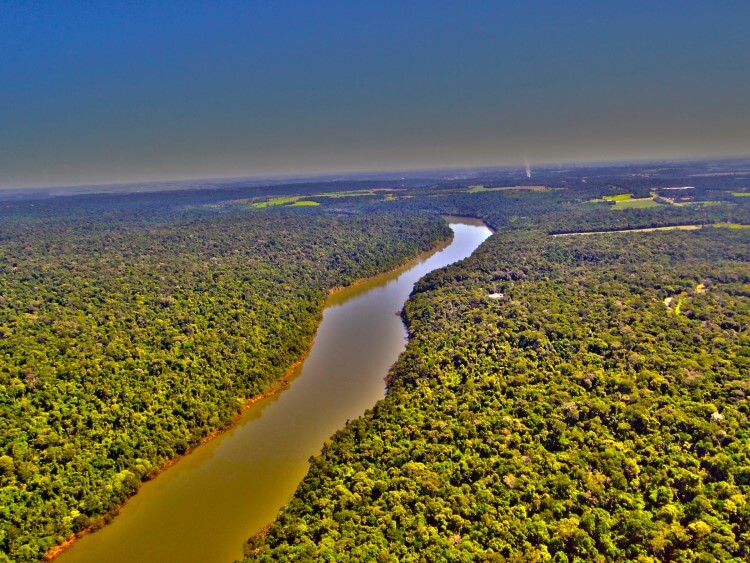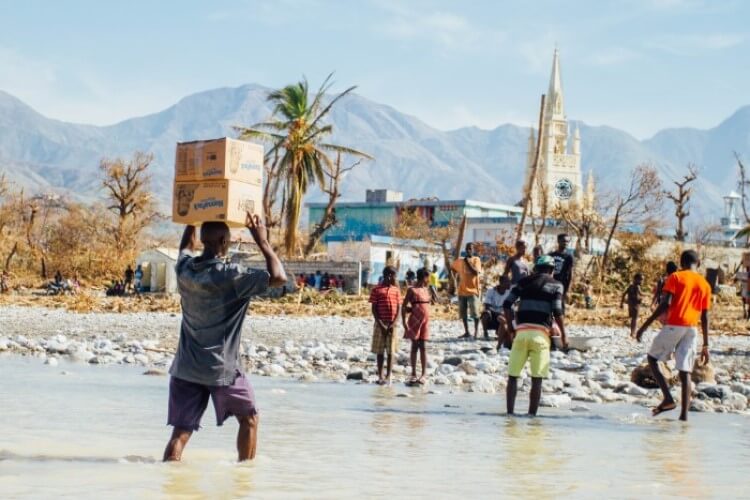The Ripple Effect: Loss of Coral Reef Complexity exacerbates coastal erosion
Environment | Oceans, November 8th, 2023
Coral reefs provide many essential ecosystem services, including a vital defence along coastlines: protection from wave erosion. Loss of diversity in coral reefs causes a reduction in the structural complexity of the habitat, which enables higher wave erosion of tropical coastlines, threatening communities and terrestrial habitats.
Uncertain future for global sea turtle populations in the face of sea level rise
Environment | Oceans, October 24th, 2023
Sea levels rising due to the Arctic ice melting is having a considerable impact on marine species. New research suggests that ’
Marine Protected Areas could act as a buffer against the growing threat of marine heatwaves
Environment | Oceans, October 7th, 2023
There is increasing pressure on the search for effective mitigation strategies that may help reduce the impact that climate-induced stressors, such as marine heatwaves, have on marine ecosystems. A recent study shines a light on how Marine Protected Areas may provide a safety net for marine life in the wake of the climate crisis.
Tiger sharks: a mapping method for the world’s largest seagrass bed
Environment | Oceans, May 9th, 2023
The Bahamas is home to the Earth’s largest seagrass ecosystem, a major blue carbon sink and important asset in climate change mitigation. However, the known extent of seagrass beds is limited, inhibiting effective conservation of these environments. Tagged tiger sharks are being used as a new data source for mapping due to their tight association with seagrass beds, which could lead the way for time- and cost-effective marine spatial data collection.
New study reveals alarming extinction risk for coral reef sharks and rays
Environment | Oceans, May 1st, 2023
A functional reef is more than just coral—it is the entire network of micro and macro flora and fauna living in inter-dependent synergy. Apex predators are essential to healthy reefs, but their role is often overlooked and over half are now endangered. Is this yet another sign of failing reefs?
Octopus farming: cold blooded (and cold-water) slaughter
Environment | Oceans, April 27th, 2023
A mysterious, fluid creature of curling arms and shifting colours, the octopus has long fascinated humans with its curious nature and unusual behaviour. Octopuses now face being intensively farmed, under unnatural and inhumane conditions, all in the name of economic gain.
Shellfish are dissolving due to acidifying oceans
Environment | Oceans, March 25th, 2023
Rising levels of atmospheric carbon dioxide are being absorbed by the ocean, which is destroying the many species that inhabit one of nature’s most important ecosystems. Is it possible to reverse the clock and replenish its health?
UN Member states reach agreement on historic High Seas Treaty
Environment | Oceans, March 13th, 2023
After decades of discussion and days of negotiation, over 100 UN member states have come to a ground-breaking multilateral agreement to protect 30% of international waters by 2030.
Závora Bay: the remote Mozambique region acting as a safe haven for manta rays
Environment | Oceans, January 23rd, 2023
An 11-year study by scientists in Mozambique has revealed the significance of Závora Bay to reef manta ray populations migrating up and down the Inhambane coast.
The 10 golden rules of coral reef restoration: Part 2
Environment | Oceans , December 29th, 2022
Coral reef systems are declining at an alarming rate with grave implications for biodiversity and ecosystem services. Can reforestation guidelines give us the answers to restore these delicate ecosystems?
The 10 golden rules of coral reef restoration: Part 1
Environment | Oceans, December 21st, 2022
As the race to save the world’s biodiversity rages on, we are becoming acutely aware of the need for ecosystem restoration. However, a clear framework for restoring coral reefs is lacking. Could the ‘golden rules’ of reforestation help these vital marine ecosystems thrive?
What causes strandings and how can they help marine mammal conservation?
Environment | Oceans, December 6th, 2022
On September 21st 2020, 470 pilot whales were stranded on Ocean Beach, Tasmania, in the largest mass whale or dolphin stranding event recorded in Australian history. Exactly two years later, a further 230 pilot whales were found stranded on the same beach. Two weeks later, in October 2022, 477 pilot whales died stranded on Chatham Island, New Zealand. These tragic, high-profile stranding events make headlines, but why do they happen?
Bigger fish to fry: heat waves cook shellfish on Canada’s Pacific coast
Environment | Ocean, November 5th, 2022
The heat waves experienced across the North American continent in 2021 created a ‘heat dome’ which has killed over a billion marine organisms along the west coast of Canada. Experts warn that this is only the beginning of a series of major wildlife eliminations due to climate change, highlighting that conservation efforts are futile if warming is not significantly slowed.
Seven years on, dolphin populations are still affected by Brazil's worst ever environmental disaster
Environment | Oceans, October 18th, 2022
On the 5th of November 2015, the Fundão dam collapsed, unleashing a tsunami of mud which killed nineteen people and left thousands of others homeless. The event has since been referred to as the country’s ‘biggest environmental disaster.’
Sex reversal and neomales: how climate change influences sex determination
Environment | Oceans, October 3rd, 2022
In some species, sex is determined by sex chromosomes, while in others it is decided by temperature. Research shows that in both cases, climate change is affecting how sex is established, with the potential of resulting in mass reproductive failure.
Humpback whales are getting stranded in the southern North Sea
Environment | Oceans, October 1st, 2022
In 2021, a humpback whale, nicknamed Humpy, washed up on the coast of Blyth Beach, Northumberland, from the North Sea. Humpy was dead when they found him, wrapped up in the rope from a lobster pot. The Scottish and UK Humpback Catalogue, a whale monitoring group, remarked that this would spark discussion about the risk of the entanglement of whales off the Northumberland coast.
Dugongs deemed functionally extinct in Chinese waters
Environment | Oceans, September 7th, 2022
Dugongs are gentle, herbivorous sea mammals related to the manatee and the elephant, similarly mild and serene mammals. Sadly, no sightings of dugongs have been recorded by scientists in Chinese waters since 2008, making the species the first declared functionally extinct mammal in the region.
New research highlights the role of climate in ancient coral reef migration
Environment | Oceans, September 2nd, 2022
Despite the limited range and extent of coral reefs (less than 0.1%) across the globe, they support the greatest biodiversity of marine organisms on earth. However, with climate change and ocean acidification, there is no certain future for coral reef survival.
Vanishing dolphins in the Gulf of Guayaquil: can conservation help?
Environment | Oceans, August 22nd, 2022
At the Gulf of Guayaquil, where over 20 rivers in Ecuador and Peru feed into the largest estuarine ecosystem on South America’s Pacific coast, bottlenose dolphins once thrived. However, a steep decline in their numbers by 50% since the early 1990sㅡprimarily driven by increasing human activityㅡis endangering the local population.
Feeding turtles in Argostoli Bay could be changing their natural behaviour
Environment | Oceans, June 21st, 2022
Argostoli Bay is a picturesque bay and harbour on the western coast of Kefalonia, Greece. Tourists flock here to enjoy the crystal turquoise waters, sun-drenched beaches and Mediterranean food, but another attraction has become a highlight of the island: turtles. However, recent feeding habits are having damaging effects on the behaviour of this usually docile species.
The largest predation event of our time: the sinking of the blue whale
Environment | Oceans, May 31st, 2022
Blue whales are the largest animals on earth, which made them a magnet for whalers in historical times. Since the international whaling ban in 1986, previously-decimated blue whale populations have been steadily increasing, but they now face a new threat: orcas.
Protecting Tropical Coastlines: The Mangrove–Seagrass–Coral Trio
Environment | Ocean, May 19th, 2022
Tropical coastlines across the globe are protected by a dynamic relationship between three different ecosystemsㅡmangrove forests, seagrass beds and shallow-water coral reefs. Without these defences, shorelines are susceptible to coastal erosion, and biodiversity loss, and often face expensive reconstruction efforts. Ultimately, a holistic approach to conserving all three ecosystems yields the most long-lived results, both for people and coastlines.
The Decline of the Coconut Crab: protection methods used in the Seychelles could conserve the species
Environment | Oceans, May 12th, 2022
Coconut crabs have seen a huge decrease in population due to overharvesting and increasing demand from tourist restaurants. Strict regulations on fishing, pollution, disturbance and the implementation of marine protected areas could save the species if measures are taken soon.
Will the world really break up with plastic?
Environment | Oceans, April 11th, 2022
Plastic has become the defining feature of the current age, where human activity dominates the environment and climate, known as the Anthropocene. Plastic has been found in extremely remote places, from the deepest trenches of the ocean to the top of Mt. Everest. It is intimately part of our lives and has even been found in human blood.
Problems down under: The 6th mass bleaching event of The Great Barrier Reef is happening now
Environment | Oceans, April 3rd, 2022
Known as one of the Seven Natural Wonders Of the World, the Great Barrier Reef attracts over three million tourists to the Queensland coast every year. If the average global temperature warms by 2°C above current levels, it is predicted that global coral cover will decrease by 95%—a staggering figure which will have catastrophic impacts on ecological processes and the economies of many countries.
How an indigenous resistance prevented a high-value fisheries collapse in the Pacific islands
Environment | Oceans, March 31st, 2022
The questions of what property is and how it can and should be managed are central to the academic fields of economics, finance, history and sociology. Looking at successful examples of vulnerable and valuable resources, such as commodity fisheries, can help us answer important questions: What role did the management of the commons play, and what was the impact of indigenous traditions?
The importance of coral reef connectivity under climate change
Environment | Oceans, March 3rd, 2022
Evidence suggests that rising ocean temperatures are limiting the ability of coral larvae to migrate between reefs, with the associated biodiversity losses reducing coral resilience to disease, overfishing, and the impacts of climate change.
A call for a ceasefire in the water wars of the Southeastern United States
Environment | Oceans, March 1st, 2022
The waters of Apalachicola Bay are quiet this year. Gone are the trademark hums of outboard motors, the slapping of waves against skiff hulls, the knocking of oyster shells against boat decks as the tonger fishermen empty their nets. There will be no oysters this year, nor for the next three.
Hawaii becomes the first state to ban shark fishing entirely
Environment | Oceans, February 28th, 2022
Sharks have ruled and sustained the oceans for millions of years, but their existence is threatened due to immoral practices such as shark finning. Hawaii has recently become the first state in the United States to ban shark finning, and a European Citizens’ Initiative wants to implement new laws to protect sharks, but will movements like these prove effective?
Acoustic enrichment is aiding coral reef recovery
Environment | Oceans, February 22nd, 2022
Coral reefs are often referred to as the ‘rainforests of the ocean’ due to the richness of biodiversity they harbour and the vital role they play in the functioning of marine ecosystems. Globally, reefs support over 500 million people through tourism and fishing, providing a livelihood and an essential source of protein, whilst also producing multiple medicinal compounds used to treat cancer, HIV, and cardiovascular diseases.
Songs of the Sea: the sounds of recovering coral reefs
Environment | Oceans, February 15th, 2022
Whoops, knocks, purrs, croaks and laughs are all sounds that emanate from the creatures that live in the restored coral reefs of Indonesia. These sounds are a part of healthy, functioning reef ecosystems and can tell us about how they function and their diversity.
A two-year fishing ban may help reverse the decline in the shortfin mako shark population
Environmental | Oceans, January 20th, 2022
For years, shortfin mako sharks have been threatened by longline fishing bycatch and shark finning. A new report shows that science-based protections may help rebuild this endangered species population—a new hope for shark conservation.
The threat of ‘supertrawlers’ to cetaceans
Environment | Oceans, December 30th, 2021
‘Supertrawlers’ are large-scale commercial fishing boats that trail nets the size of 450 tennis courts. The gaping maw of a supertrawler net is the length of seven blue whales, and when it sweeps the ocean depths, it captures large quantities of marine wildlife—not just its intended fish species.
Scientific Insights: a brief guide to how marine biologists measure biodiversity in inshore reef environments
Environment | Oceans, December 26th, 2021
Inshore reef environments (IREs) are the first affected by plastic and chemical pollutants, which enter oceans via industrial development, shipping waste, and river runoff. Thus, the monitoring of biodiversity along coastlines is vital to measure and understand the health of these keystone ecosystems.
Are global fish stocks on the brink of collapse?
Environment | Oceans, December 21st, 2021
Global fish stocks are in a far worse state than previously thought, with roughly half being overexploited and 10% on the brink of collapse. However, these harrowing figures cannot truly capture the state of global fisheries; as uncertainty, inadequate data, and ineffectual management means we have a limited understanding of wide-scale stock collapse risk.
Landed in hot water: threatened salmon shift behaviour in the face of climate change
Environment | Oceans, December 6th, 2021
Chinook salmon are a threatened species of anadromous fish, migrating thousands of miles to breed. In the face of climate change, a minority group of juvenile salmon have adopted a novel life history trait that, so far, has been the life support of the entire Californian population. Now, the innovative young salmon face a new threat of habitat loss, as waters warm and impassable dams block their access to cooler waters.
Pelagia noctiluca and Chrysaora hysoscella take an unexpected voyage to the Adriatic Sea
Environment | Oceans, November 15th, 2021
The beautiful Adriatic Sea has recently been visited by two marvellous jellyfish species—Pelagia noctiluca and Chrysaora hysoscella. Local scientists were shocked about these sightings, leaving many to question the frequency and potential consequences of the jellyfish visits.
Sustainable Seafood: What, Why and How?
Environment | Oceans, November 1st, 2021
Recent years and events have demonstrated the need for a transition towards more sustainable food systems. In order to achieve this transition, we have to ask the simple ‘what’, why’, and ‘how’ questions concerning sustainability, dietary choices, and global food systems.
The Grindadráp - A tradition or a bloodbath?
Environment | Oceans, October 13th, 2021
The Grindadráp is a deeply rooted part of Faroese culture; however, it has recently received plenty of criticism from international audiences due to a new record hunt where 1,428 Atlantic white-sided dolphins were beached and slaughtered.
Phytoplankton: heroes or victims of climate change?
Environment | Oceans, September 30th, 2021
Microscopic life in our oceans plays a vital role in taking up carbon dioxide from the atmosphere—but can we rely on them to curb our emissions?
Tropical reefs under threat as tumour-like disease dysregulates coral metabolism
Environment | Oceans, July 27th, 2021
Samples taken from Hawaii’s coral reefs and analysed using biochemical profiling have revealed that a devastating disease linked to human activity is degrading tropical reefs by disrupting coral metabolism.
Sulu Sulawesi: a seascape approach to funding a blue economy
Environment | Oceans, June 22nd, 2021
Currently 5% of our oceans are actively protected, by 2030 Conservation International hopes that 30% of marine areas will be under protection. The establishment of seascapes may just help shift current marine economies into sustainable ‘blue’ economies.
A status report on the critically endangered Māui dolphin
Environment | Oceans, March 18th, 2021
Two of the world’s smallest dolphins have been listed as endangered and critically endangered by the International Union for Conservation of Nature (IUCN). The populations of Hector’s and Māui dolphins are dwindling, with only around 10,000 Hector’s and a mere 63 Māui dolphins, respectively.
Large ungulates can help restore the carnivore population in the Southern Myanmar reserve
Environment | Forests, November 17th, 2023
A recent study on the status of the biodiversity of forests in southern Myanmar found that large carnivores, tigers, leopards and dholes, as well as their major prey species, are under threat. Industrial crops have fragmented forestry. The solution to maintaining land interconnectedness has not been possible due to a lack of government policies, difficulties to draw borders and disagreements between authorities and local communities.
Could retention forestry help save our pollinators?
Environment | Forests, August 10th, 2023
The University of Freiburg, Germany, is developing the Conservation of Forest Biodiversity Project focused on the reforestation of the Black Forest. A 2023 study announced that forest elements like canopy cover, structural complexity and herb cover structure are essential for bee and wasp communities.
Rewilding Jaguars: the initiatives succeeding in bringing back the Americas’ largest predator
Environment | Forests, May 14th, 2023
Despite South American forestland’s gradual disappearance, a study has recognised that the Baritú–Tariquía corridor between Argentina and Bolivia has been a success for jaguar conservation in America.
Carbon offsetting: a just solution or a displacement of responsibility?
Environment | Forests, January 20th, 2023
Carbon offsetting schemes offer a very attractive economic ‘solution’ to climate change. They do not require a change of consumer behavior in the Global North, instead justifying its approach by highlighting the prospect of sustainable development in the Global South.
Are carbon offsetting schemes scientifically valid in combating climate change?
Environment | Forests, January 15th, 2023
Climate change is a multifaceted issue; a complex combination between environmental, political, economic and social concerns. Whilst we have reached a global consensus that it must be addressed, agreeing on a common course of action has so far proved to be unfruitful.
The human footprint of overhunting in Cameroon's forests
Environment | Forests, October 14th, 2022
In the Dja Biosphere Reserve of Cameroon, human activity on the diversity and abundance of local native mammal species have had a significant impact. Targeted hunting of certain-sized mammals has reduced the area’s species richness, with smaller mammals dominating and upsetting the natural balance.
A rainforest no more: deforestation for cattle ranching is drying out the Amazon
Environment | Forests, September 10th, 2022
Once a luscious, vibrant green forest bursting with life is now a desolate grassland where dry brown grass wilts in the dusty heat. Rain is becoming rarer, and the formerly rich soils are parched. The steaming jungle is a thing of the past here.
Bring back the super-spreaders: How reintroducing howler monkeys can pave the way for seed dispersal
Environment | Forests, June 5th, 2022
In the 2010s, the locally extinct brown howler monkey (Alouatta guariba) was reintroduced to the Tijuca National Park in Rio de Janeiro, Brazil. This reintroduction demonstrated the importance of primates in seed dispersal and how the absence or presence of a single species has the potential to reshape an entire ecosystem.
Cultural burns: An indigenous solution to the forest fires of the Pacific Northwest
Environment | Forests, April 30th, 2022
While forest fires pose an immense threat to residents of the Pacific Northwest region of North America, an underutilized indigenous practice may offer a solution.
The Amazon is rapidly becoming less resilient to environmental stressors
Environment | Forests, April 21st, 2022
The resilience of the Amazon rainforest to natural and anthropogenic stressors is crucial in maintaining biodiversity, modulating regional climate and dampening CO2 increases. However, deforestation and climate change are reducing this reliance, pushing the Amazon ever closer to the brink of wide-scale dieback.
Ash dieback: the fatal fungus costing the Earth
Environment | Forests, January 11th, 2022
Ash dieback is transforming the British countryside, leaving extinction cascades and a £15 billion price tag in its wake. Have we learnt our lesson, or will history repeat itself?
Wildfires in the Mediterranean: a little too wild
Environment | Forests, September 16th, 2021
There is growing evidence that higher temperatures associated with global warming are increasing the number of summer wildfires across the Mediterranean region.
Unspoken victims of warfare: the destructive impacts of armed conflict on local biodiversity
Environment | Forests, September 6th, 2021
In the last 50 years, over 80% of human conflicts have overlapped with a biodiversity hotspot, despite these areas only taking up 3% of the Earth’s land surface. Currently, 64 of 195 countries that have biodiversity hotspots, have been listed as areas of priority for conservation efforts.
Northern Borneo’s mangrove forests are disappearing, along with our blue carbon stocks
Environment | Forests, August 30th, 2021
An island where palm oil plantations cover land as far as the eye can see, Borneo’s tropical rainforests are not the only forests under threat of deforestation. Between 2000 and 2015, 25,500 hectares of mangrove forests have disappeared.
The Bolsonaro Administration is not taking enough action to conserve Earth’s shrinking lungs.
Environment | Forests, May 12th, 2021
The Amazonian rainforest is vital to mitigating the impacts of climate change. However, findings suggest that, due to ongoing human disturbances, deforested areas of the world’s largest rainforest are not recovering at a fast-enough rate.
Should wolves be protected on Swiss soil? A referendum that divides a neutral country.
Environment | Forests, March 1st, 2021
On the 27th of November 2020, 51.9 per cent of Swiss voters voted ‘No’ in a referendum revising the Swiss Hunting Act of 1986. In Switzerland, wolves will continue to be a nationally protected species.
The doors are closing on the Ethiopian wolf
Environment | Mountains, January 11th, 2023
The Ethiopian wolf is an endemic canid species found only in a few small pockets of the Ethiopian mountains. The species has been in rapid decline for decades, but new modelling projections have predicted almost definite extinction within the next two decades if climate change-induced threats are not abated.
Mercury and lead contaminants found in birds of abandoned Spanish mining towns
Environment | Mountains, October 12th, 2022
Environmental researchers in southwestern Spain have highlighted an alarming persistence of mercury and lead in bird populations located near mining areas. Given the diverse breadth of flora and fauna to which the Almadén and Sierra Madrona towns are home, this presents vast and worrying implications for the future generations of wildlife looking to inhabit this area.
Agriculture is decreasing carbon stocks in the Ecuadorian páramo
Environment | Mountains, January 24th, 2022
The Andean Páramo has a uniquely high soil carbon storage potential, which contributes to the water retention and hydraulic conductivity that are central to providing fresh water to its surrounding communities. However, studies are suggesting that the impact of expanding agriculture is steadily depleting the soil from its carbon levels.
Southeast Asia’s mountains are losing their tropical forests to make room for agricultural expansion
Environment | Mountains, August 1st, 2021
Satellite datasets have determined that between 2001 to 2019, around 61 million hectares of tropical forests have been lost in the mountains of Southeast Asia.
The lion’s share: West African lions need larger habitat areas and greater protection
Environment | Grasslands, December 17th, 2022
The African savannah lion is a well-known and iconic symbol of the grasslands of Africa. However, the Panthera leo leo, a subspecies present in the west of the continent receives much less attention. With less than 500 individuals remaining, the West African lion is on the brink of dying out.
Scottish wading birds: a misty future
Environment | Grasslands, September 5th, 2022
Scotland is known worldwide for its dramatic cliff-lined coast, ancient Caledonian pine forests and wild, windswept moorlands dotted with red deer and capercaillie. However, the country is also an important stop for many species of wading birds on their migration routes.
The elephant in the room: global warming-induced droughts threaten the future of Earth’s largest land mammal
Environment | Grasslands, August 20th, 2022
The African elephant is emblematic of the savannah and an animal many feel a strong admiration for. However, as global warming intensifies, recent droughts in East Africa are adding to pressures threatening the future of this iconic species.
Desertification in the Dobrogea: Romania’s agricultural lands are eroding away
Environment | Grasslands , February 19th, 2022
As one of the biggest agricultural producers of Europe, Romania now faces the wrath of climate change, with large areas of the country experiencing desertification. Drought is now becoming the norm, water becoming scarce, and tornadoes have struck for the first time; local communities are getting desperate.
Increasing drought events are drying up grasslands and croplands in the northern hemisphere
Environment | Grasslands, October 7th, 2021
Global databases have found trends indicating that the increased prevalence and intensity of droughts are reducing the net gross primary productivity of northern mid-latitude grassland ecosystems.
How peatland restoration is helping the UK’s ospreys to bounce back
Environment | Grasslands, September 19th, 2021
Restoring peatlands is vital in the fight against climate change. The Foulshaw Moss Nature Reserve, in Cumbria, is now leading in peatland restoration, helping to prevent the release of carbon dioxide into the atmosphere. Additionally, the reserve has become a successful nesting site for one of the UK’s most treasured birds of prey: the osprey.
Gabon and Kenya call for international support in the fight against human-elephant conflict.
Environment | Grasslands, May 8th, 2021
Two countries, opposite coasts, both calling for international aid in mitigating the never-ending clashes between wild elephants and rural communities.
The surprising bounce-back of China’s leopards
Environment | Deserts, February 19th, 2023
Due to habitat degradation and disturbance, leopards have been a rare sight in the forests of northern China for the past few decades. However, recent population monitoring has shown that a local leopard population is recovering, forging new hope for other large carnivore recoveries in human-modified landscapes.
Unprecedented drought leaves Somalia on the brink of famine
Environment | Deserts, December 3rd, 2022
Somalia is in the midst of a brutal drought following a fifth ‘failed’ rainy season in a row, crop failures and livestock mortality will push millions into food insecurity. In parts of Somalia, the situation is so bad that many now face the prospect of famine. In 2022, no country should be at risk of famine, it represents an abject failure of global climate and development governance.
Sub-Saharan groundwater supply in the face of climate change—an uncertain future?
Environment | Deserts, October 4th, 2021
Groundwater abstractions within sub-Saharan Africa must increase in order to satisfy the projected growth in water demand. Yet little is known about the renewability of groundwater resources, particularly under climate change, as limited observational data and modeling uncertainty is preventing any robust estimations.
Mammal and bird communities are collapsing in the Mojave Desert
Environment | Deserts, July 17th, 2021
Evolution has given desert animals time to equip themselves with strategies to bear—even thrive—the temperatures of the barren lands. Although, previously, desert communities had thousands of years to adapt to their environment. Now with the rate of our current warming climate, even these heat-specialists cannot keep up.
Indian meal moth (Plodia interpunctella) found in Antarctica for the first time
Environment | Tundras and Poles, December 10th, 2023
A pest in Antarctica? An Indian meal moth has been captured within the Brazilian Comandante Ferraz research station on King George Island, South Shetland Islands. This report emphasises the constant threat of anthropogenic pollution to the natural environment in all parts of the world.
Arctic Amplification explains why Arctic warming is twice as fast as global warming
Environment | Tundras and Poles, June 5th, 2023
Our global environmental degradation catastrophe is affecting one of Earth's most important ecosystems, the Arctic. The Arctic's core temperature is increasing two times faster than the rest of Earth due to a destructive positive feedback loop that will affect our ecosystems on a local and global scale. Already, humans and animals are feeling the impact of this once very balanced ecosystem melting.
Hungry as a bear: anthropogenic food impacts polar bear mortality
Environment | Tundras and Poles, April 3rd, 2023
Incidents of human-wildlife conflict are growing as global climate change alters and degrades habitats, forcing wild animals into closer contact with people. One of these animals is the polar bear, with individuals increasingly being observed entering settlements, attracted by anthropogenic food sources.
Polar bears may suffer stress from coping with rising temperatures
Environment | Tundras and Poles, August 6th, 2022
Anthropogenically-induced climate change has increased ambient temperatures worldwide. In the Arctic, cold climate-reliant animals are suffering quantifiably. Polar bears in zoos may be experiencing adrenal cortisol (a stress hormone) responses to the rise in temperatures. What does this mean for polar bears in the wild?
Icefish breeding colony discovered in the Weddell Sea
Environment | Tundras and Poles, March 7th, 2022
A vast breeding colony of Jonah’s icefish, Neopagetopsis ionah, has been discovered in the southern Weddell Sea, Antarctica. The surprising discovery now prompts more questions about the behaviour of these unique icefish, the associations between Antarctic benthic communities and calls for support to establish a marine protected area.
Siberia’s hottest record is literally ground-breaking
Environment | Tundras and Poles, February 22nd, 2022
Heatwaves across Siberia have broken records, burnt forests, and even melted the ground. As the icy foundations of Siberia give way, indigenous communities across the region are faced with collapsing infrastructure, emergency-state oil spills and the outbreaks of ancient, fatal diseases.
Rising ocean temperatures are set to drive fundamental shifts in Arctic communities
Environment | Tundras and Poles, September 2nd, 2021
Rising ocean temperatures, sea ice decline, and the geographic re-distribution of Atlantic species are threatening vulnerable Arctic marine communities. Unless warming abates, Arctic species are likely to be replaced by boreal (Atlantic) generalists.
Melting of the Greenland Ice Sheet: much more than just rising sea levels.
Environment | Tundras and Poles, June 16th, 2021
An international collaborative study found that mercury levels in Greenland glacial meltwater compare to levels measured in industrial China.
How the hidden inhabitants of desolate landscapes are making industrial biotechnology sustainable
Environment | Earth Systems, 17th July, 2022
Extreme habitats such as hydrothermal vents or hypersaline lakes contain microorganisms that have adapted over time to survive their intense environmental conditions. As such, these microbes demonstrate an extreme environmental resilience that can be harnessed for greener, more sustainable industrial biotechnology.
Water rationing in Chile: A sign of things to come?
Environment | Earth Systems, May 26th, 2022
Central Chile is currently experiencing a mega-drought on a scale rarely, if ever, seen in the last millennia. River flows have dropped low enough that water restrictions are now in place in Chile’s capital Santiago, a city of some six million people. Researchers, policymakers, and local stakeholders are now urgently trying to establish if this is a sign of things to come?
Do protected areas actually help wildlife?
Environment | Earth Systems, May 8th, 2022
The idea of designating areas as protected—under the assumption they will benefit wildlife—forms the basis of modern conservation. However, there is evidence demonstrating that designating protected areas is not necessarily beneficial to wildlife, highlighting the need to ensure effective protected area management.
Hunga Tonga-Hunga Ha'apai: the environmental impact of a volcano that shook the Earth
Environment | Earth Systems, April 7th, 2022
On the 15th of January 2022, the volcano Hunga Tonga-Hunga Ha’apai erupted with unprecedented force. The eruption sent reverberations around the Earth several times and challenged what we know about eruption physics—what does this mean for the environment?
Is Brazil facing a water crisis?
Environment | Earth Systems, February 12th, 2022
Despite potentially huge water resources, Brazil is increasingly facing more recurrent and severe water crises. An overreliance on surface water resources and decades of mismanagement has left Brazilian water supplies highly vulnerable to variability in precipitation, an issue exacerbated by climate change and rampant deforestation.
Are there such things as ‘natural’ disasters?
Environment | Earth Systems, January 17th, 2022
The impacts of natural disasters are dependent on the severity of the natural hazard and societal vulnerability, with the latter often more important in determining the human cost. Given that vulnerability is a function of several socio-economic factors, are any disasters truly ‘natural’?

